《Rise and Shine》 是培生专为 6-12岁儿童 设计的英语学习教材,适用于小学阶段(通常对应CEFR *Pre-A1至A2+* 水平)。该教材以 “唤醒学习兴趣,激发语言潜能” 为核心目标,通过趣味性内容和互动式活动,帮助学生在真实情境中自然习得英语,培养综合语言能力(听、说、读、写)和21世纪核心素养(如创造力、批判性思维、协作能力)。
2. 核心理念与特色
-
主题式学习(Thematic Learning):
每单元围绕一个贴近儿童生活的主题(如家庭、自然、科技、节日等),通过跨学科内容(如科学、艺术、社会研究)拓展知识面。 -
游戏化教学(Gamification):
融入歌曲、故事、角色扮演、手工活动等,让学习过程充满趣味,降低语言学习焦虑。 -
渐进式语言输入:
采用“输入-练习-输出”循环模式,通过重复和多样化任务强化记忆。 -
价值观教育:
在语言学习中融入社会情感学习(SEL),培养同理心、团队合作和环保意识。 -
数字化支持:
配套互动白板软件(Interactive Whiteboard)、在线游戏、动画视频及家长跟踪平台,支持混合式学习。
3. 教材结构
《Rise and Shine》 通常按年级分册(如Level 1-6),每册包含 8-10个单元,每个单元结构示例如下:
-
Warm-up(热身活动):
通过图片、视频或歌曲引入主题,激活背景知识。
示例:观看一段关于动物栖息地的动画,讨论“你最喜欢的动物”。 -
Vocabulary & Grammar(词汇与语法):
通过视觉化图表、闪卡和TPR(全身反应法)教授核心语言点。
示例:学习“can/can’t”时,学生模仿动物动作并造句:“A penguin can swim, but it can’t fly.” -
Skills Building(技能训练):
-
听力:对话、短篇故事、儿歌
-
口语:角色扮演、小组讨论
-
阅读:分级绘本、信息图表
-
写作:从描摹字母到创作短句、段落
-
-
Project & Play(项目与游戏):
完成跨学科任务(如制作天气日历、设计理想学校),巩固语言应用能力。 -
Review & Self-assessment(复习与自评):
通过趣味小测验、贴纸奖励和反思问题,帮助学生自主评估学习成果。
4. 配套资源
-
学生用书(Pupil’s Book):全彩插图,含贴纸页和剪贴活动。
-
练习册(Activity Book):书写练习、涂色任务和家庭作业。
-
教师用书(Teacher’s Guide):详细教案、课堂管理技巧、差异化教学建议。
-
数字资源包:
-
Pearson English Portal:互动游戏、可打印材料、音频视频库
-
Classroom Presentation Tool:互动白板课件,集成动画和游戏
-
家长端APP:跟踪学习进度,获取家庭活动建议
-
5. 适用场景
-
学校课堂:适合公立或国际学校的小学英语课程。
-
培训机构:作为课外英语辅导的主教材或补充材料。
-
家庭学习:家长可通过配套资源引导孩子自主学习。
6. 教学优势
-
科学分级:严格对标CEFR和主流考试(如剑桥少儿英语YLE),平滑衔接更高阶课程。
-
文化包容性:内容涵盖多元文化,培养全球视野。
-
教师支持:提供差异化教学策略,帮助应对混合能力班级。
7. 市场反馈
-
学生评价:儿童普遍对生动的角色(如教材中的卡通向导“Shiny”)和互动任务表现出浓厚兴趣。
-
教师反馈:教案设计节省备课时间,数字资源有效提升课堂参与度。
-
家长认可:清晰的进度追踪和家庭活动指南便于亲子共学。
8. 与其他培生教材的对比
-
vs. 《Big English》:两者均侧重儿童英语,但《Rise and Shine》更强调低龄段(6-12岁)的游戏化学习,而《Big English》适合稍高年级(7-15岁),学术性更强。
-
vs. 《Our Discovery Island》:同为少儿英语教材,《Rise and Shine》的数字化资源和跨学科项目更丰富。
总结
《Rise and Shine》 通过沉浸式、互动式的学习设计,将语言学习与儿童认知发展紧密结合,是小学阶段英语教育的优选教材。其优势在于平衡了语言严谨性与学习趣味性,适合希望激发孩子长期英语兴趣的教师和家长。如需样章或进一步信息,可访问培生官网或联系本地教育顾问。
Rise and Shine is a primary English language course series published by Pearson Education, specifically designed for children aged 6–12 (CEFR levels *Pre-A1 to A2+*). The course aims to “ignite curiosity and unlock language potential” through engaging, interactive content that fosters natural language acquisition in real-life contexts. It emphasizes holistic development, integrating language skills (listening, speaking, reading, writing) with 21st-century competencies such as creativity, critical thinking, and collaboration.
2. Core Principles & Features
-
Thematic Learning:
Each unit revolves around child-friendly themes (e.g., family, nature, technology, festivals) and incorporates cross-curricular links (science, art, social studies) to broaden knowledge. -
Gamified Approach:
Learning is driven by songs, stories, role-plays, crafts, and games, reducing language anxiety and boosting engagement. -
Scaffolded Language Development:
Follows an “input-practice-output” cycle with repetitive yet varied tasks to reinforce retention. -
Values Education:
Integrates Social and Emotional Learning (SEL) to nurture empathy, teamwork, and environmental awareness. -
Digital Integration:
Supported by interactive whiteboard tools, online games, animated videos, and parent-tracked progress platforms for blended learning.
3. Course Structure
The series is divided into Levels 1–6, each containing 8–10 units. A typical unit includes:
-
Warm-up:
Introduces the theme through visuals, videos, or songs to activate prior knowledge.
Example: Watch a cartoon about animal habitats and discuss “What’s your favorite animal?” -
Vocabulary & Grammar:
Teaches key language points using visual aids, flashcards, and Total Physical Response (TPR) methods.
Example: Learn “can/can’t” by mimicking animal actions and creating sentences: “A penguin can swim, but it can’t fly.” -
Skills Building:
-
Listening: Dialogues, short stories, and rhymes.
-
Speaking: Role-plays, group discussions.
-
Reading: Graded storybooks, infographics.
-
Writing: From tracing letters to composing sentences and paragraphs.
-
-
Project & Play:
Hands-on, cross-curricular tasks (e.g., creating a weather calendar, designing a dream school) to apply language skills. -
Review & Self-assessment:
Fun quizzes, sticker rewards, and reflection questions to encourage autonomous learning.
4. Supplementary Resources
-
Pupil’s Book: Full-color illustrations with sticker pages and cut-out activities.
-
Activity Book: Writing practice, coloring tasks, and homework exercises.
-
Teacher’s Guide: Detailed lesson plans, classroom management tips, and differentiated instruction strategies.
-
Digital Tools:
-
Pearson English Portal: Interactive games, printable worksheets, audio/video library.
-
Classroom Presentation Tool: Interactive whiteboard software with animations and games.
-
Parent App: Tracks progress and provides home activity ideas.
-
5. Target Settings
-
Schools: Ideal for primary English programs in both public and international schools.
-
Language Centers: Suitable as a core or supplementary resource for after-school courses.
-
Home Learning: Parent-friendly tools support guided independent study.
6. Educational Strengths
-
CEFR Alignment: Maps to Pre-A1–A2+ levels and prepares students for exams like Cambridge Young Learners English (YLE).
-
Cultural Diversity: Content reflects global perspectives, fostering intercultural awareness.
-
Teacher Support: Includes strategies for mixed-ability classrooms and time-saving digital resources.
7. Market Reception
-
Student Engagement: Children are drawn to lively characters (e.g., the mascot “Shiny”) and interactive tasks.
-
Teacher Feedback: Educators praise its structured yet flexible lesson plans and ready-to-use digital tools.
-
Parent Approval: Clear progress tracking and family-friendly activities enhance home-school collaboration.
8. Comparison with Other Pearson Courses
-
vs. Big English: While both target young learners, Rise and Shine focuses on ages 6–12 with stronger gamification, whereas Big English (ages 7–15) emphasizes academic rigor.
-
vs. Our Discovery Island: Rise and Shine offers richer cross-curricular projects and digital integration compared to the adventure-themed Our Discovery Island.
Conclusion
Rise and Shine combines immersive, playful learning with structured language development, making it a standout choice for primary English education. Its strength lies in balancing linguistic accuracy with child-centered engagement, nurturing both language proficiency and lifelong learning habits. For samples or purchasing details, visit Pearson Education’s official website or consult local educational distributors.

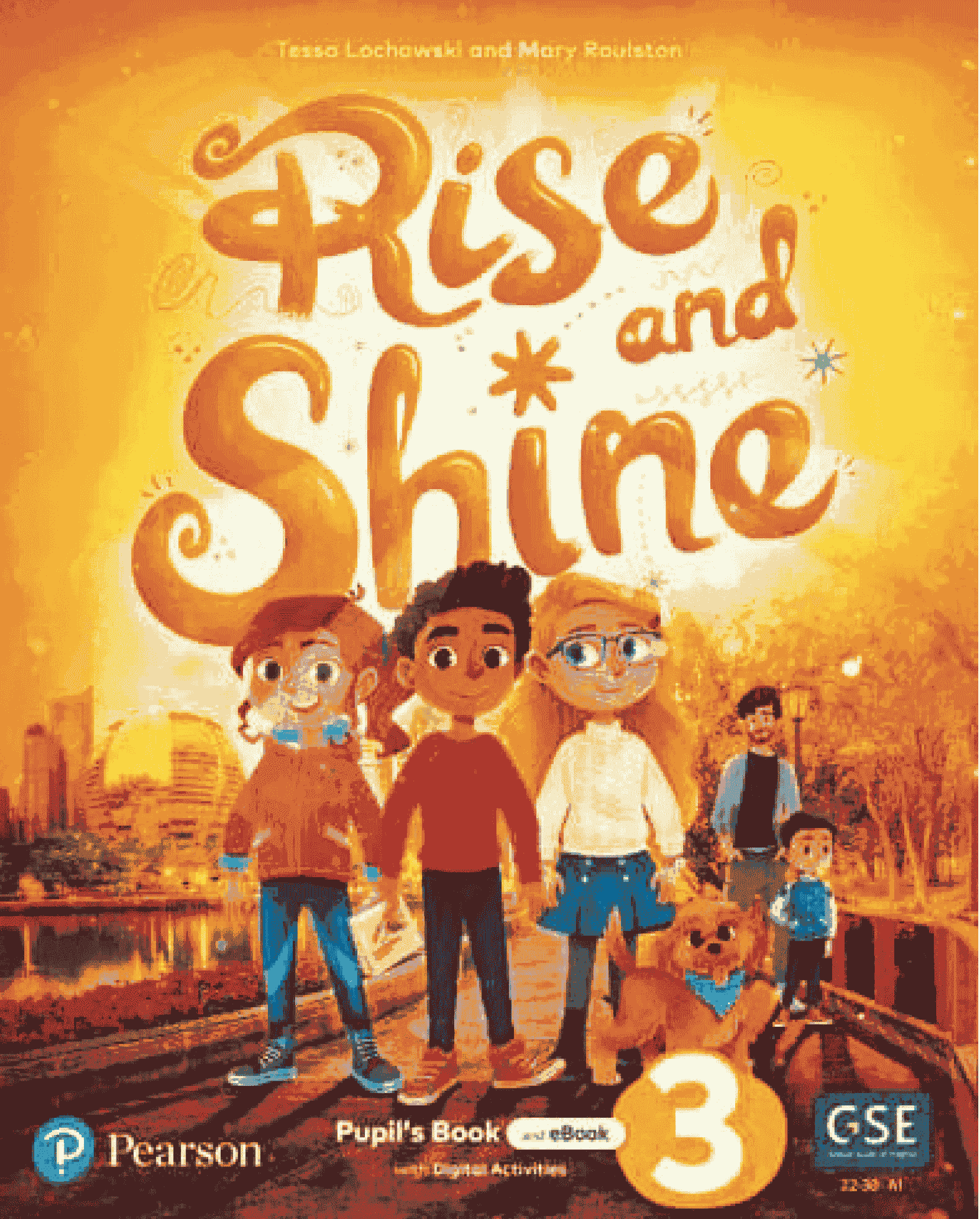
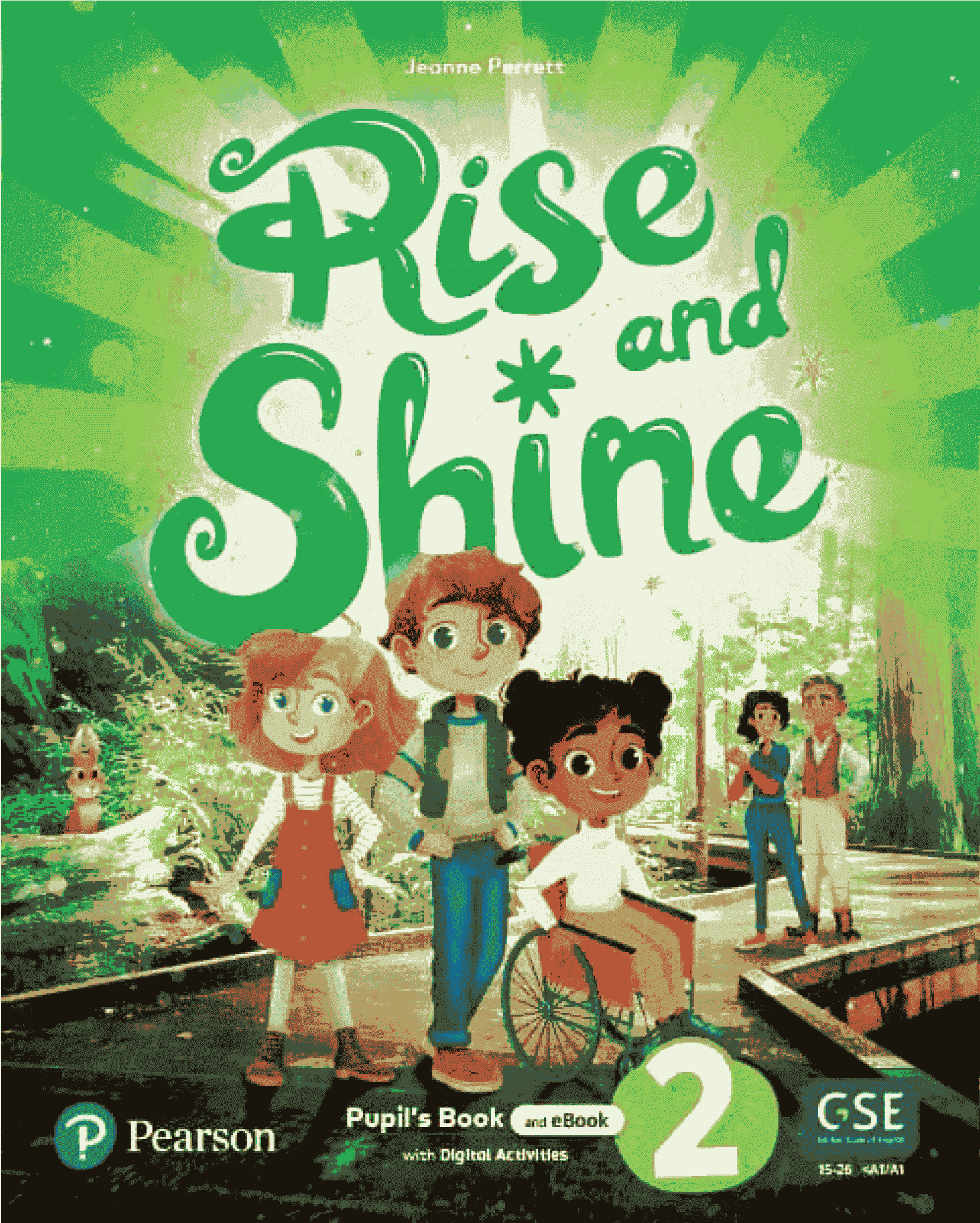
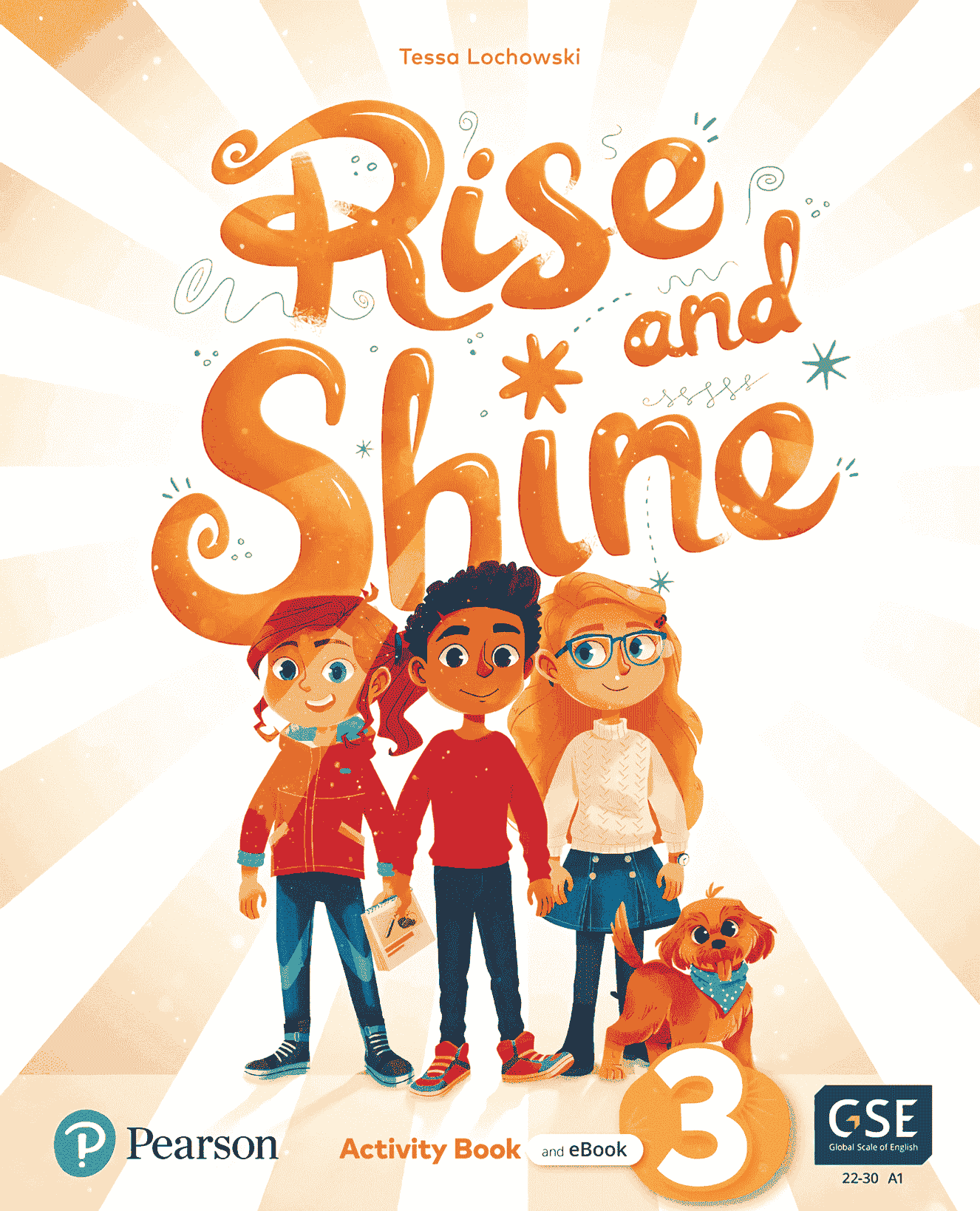
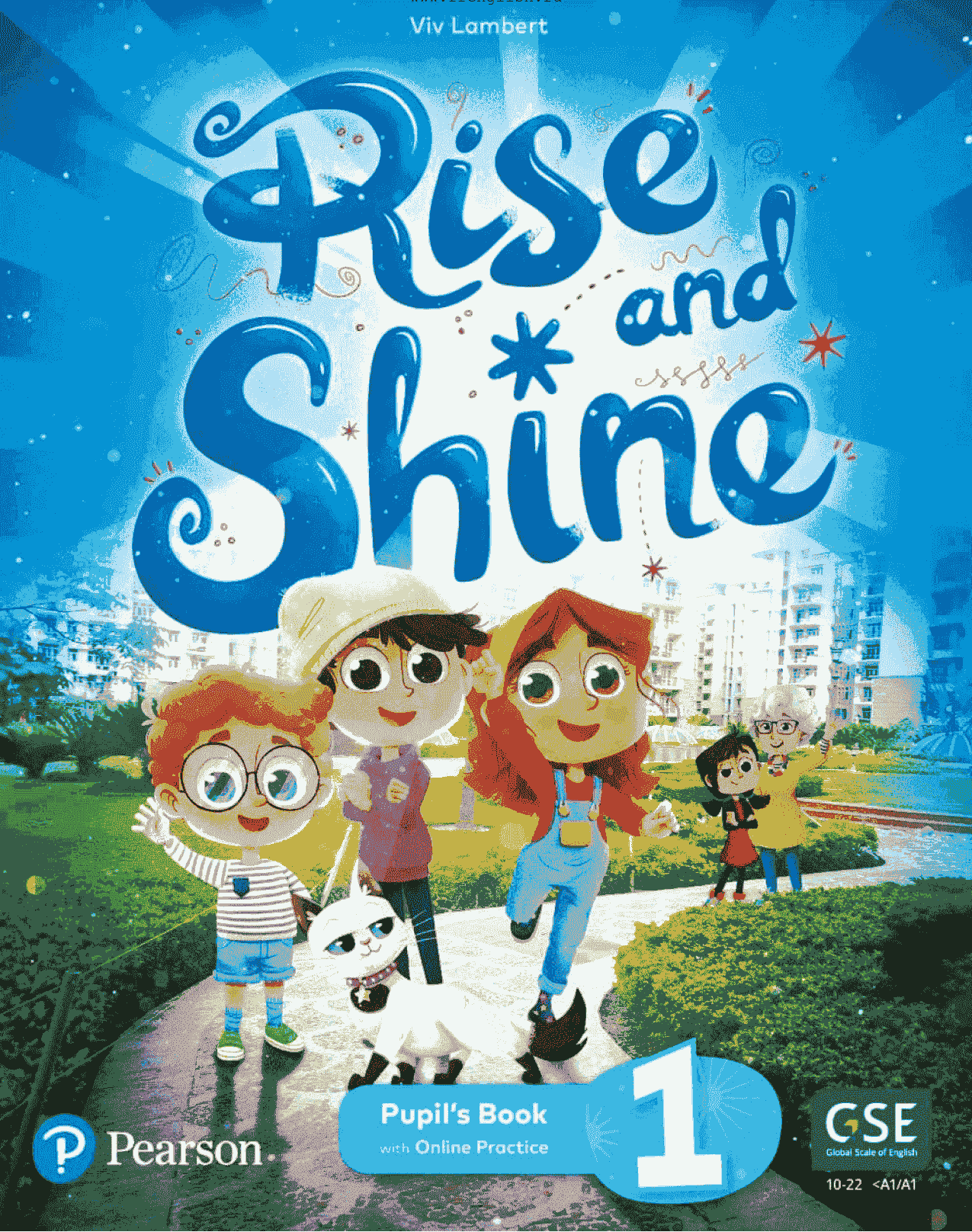
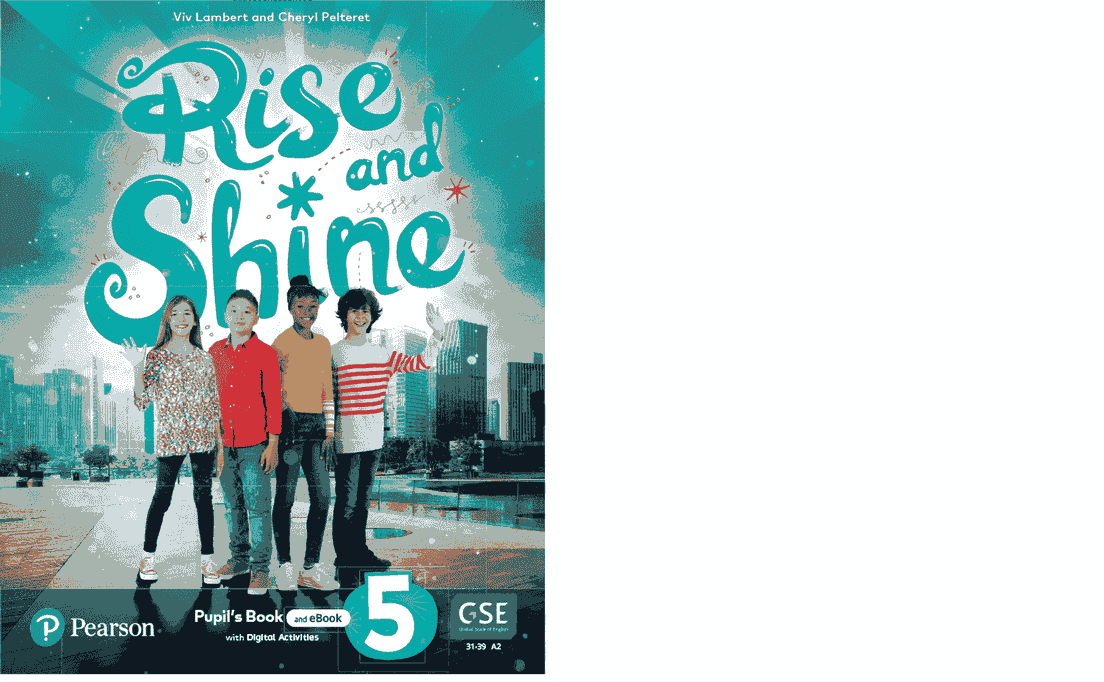
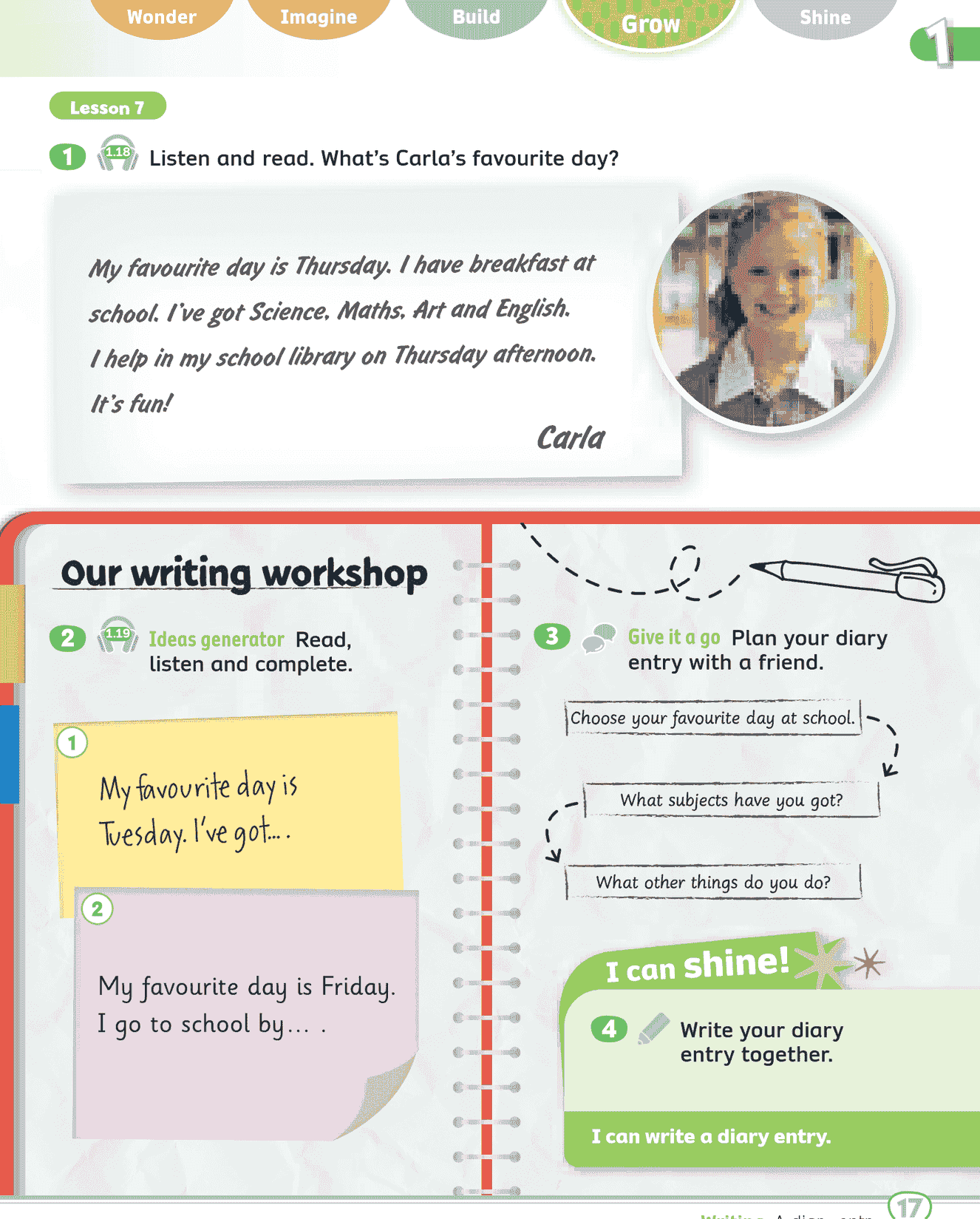
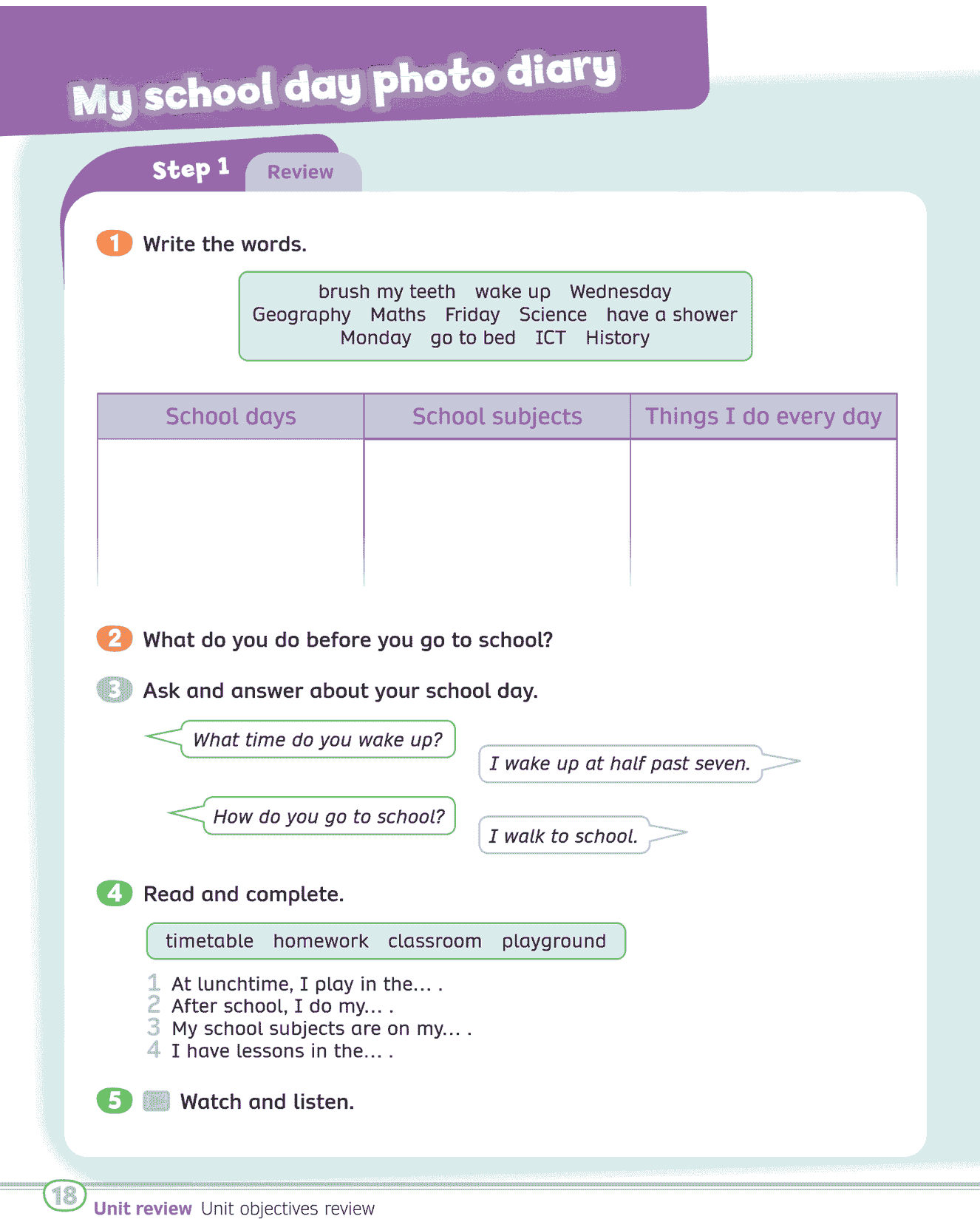
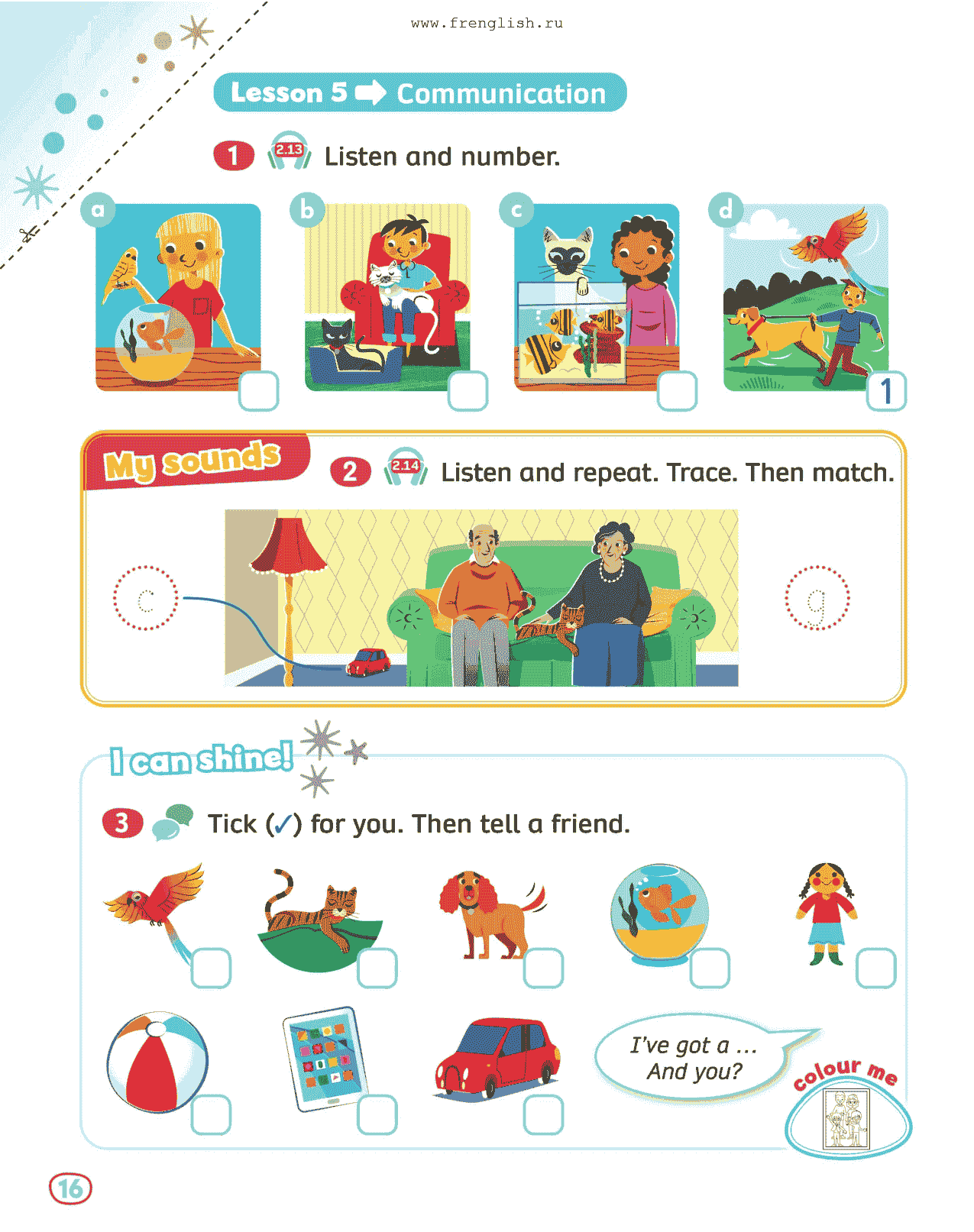
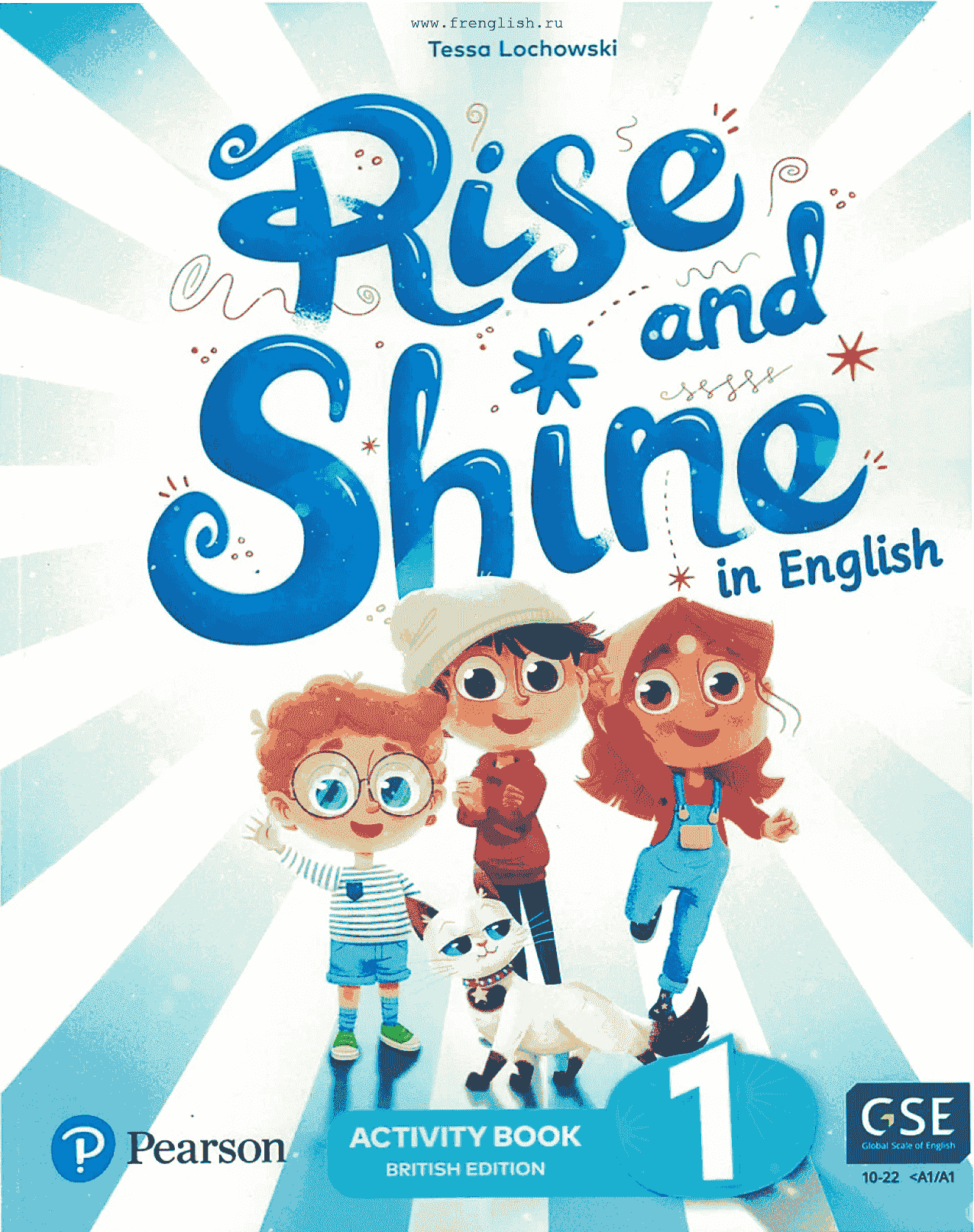
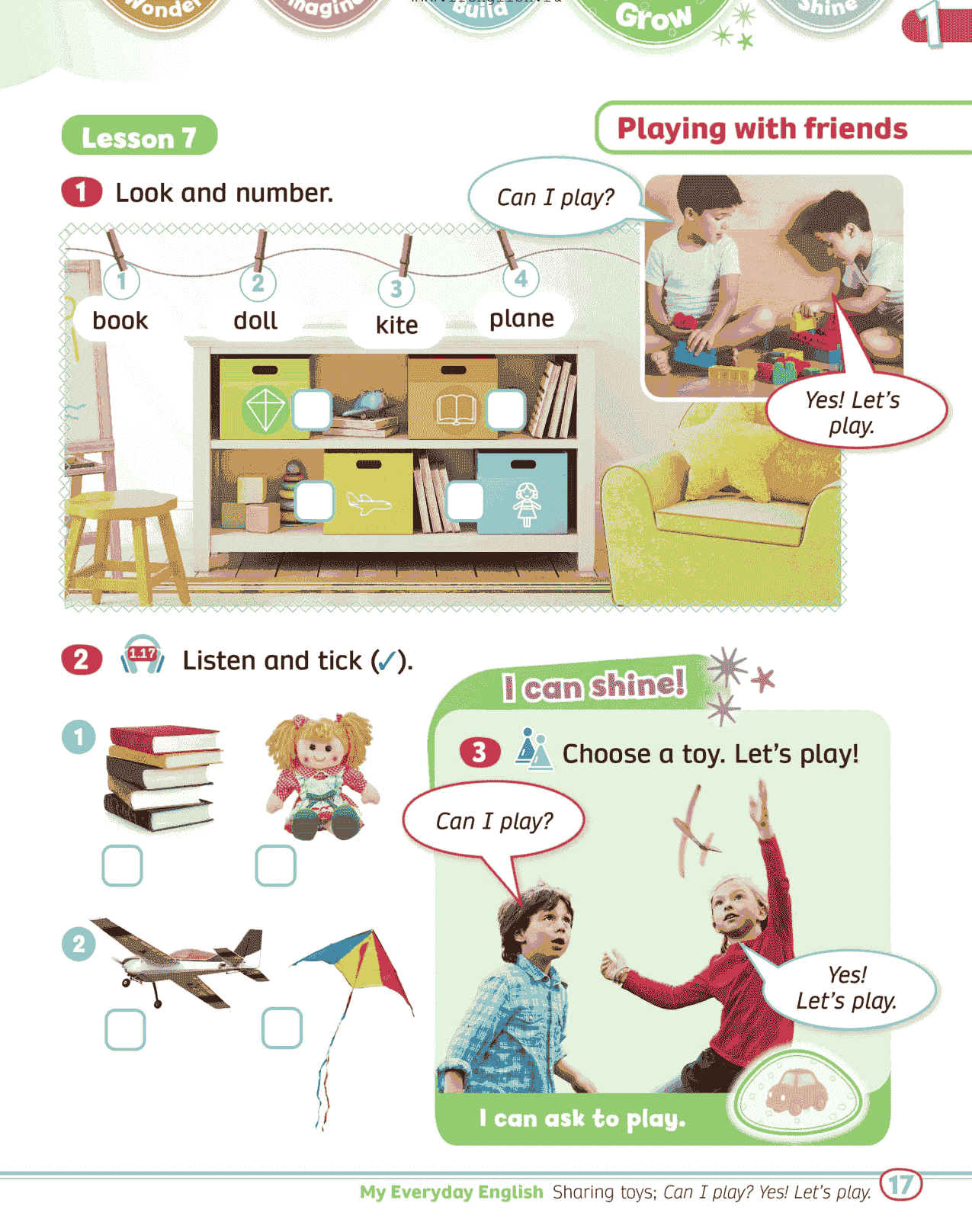
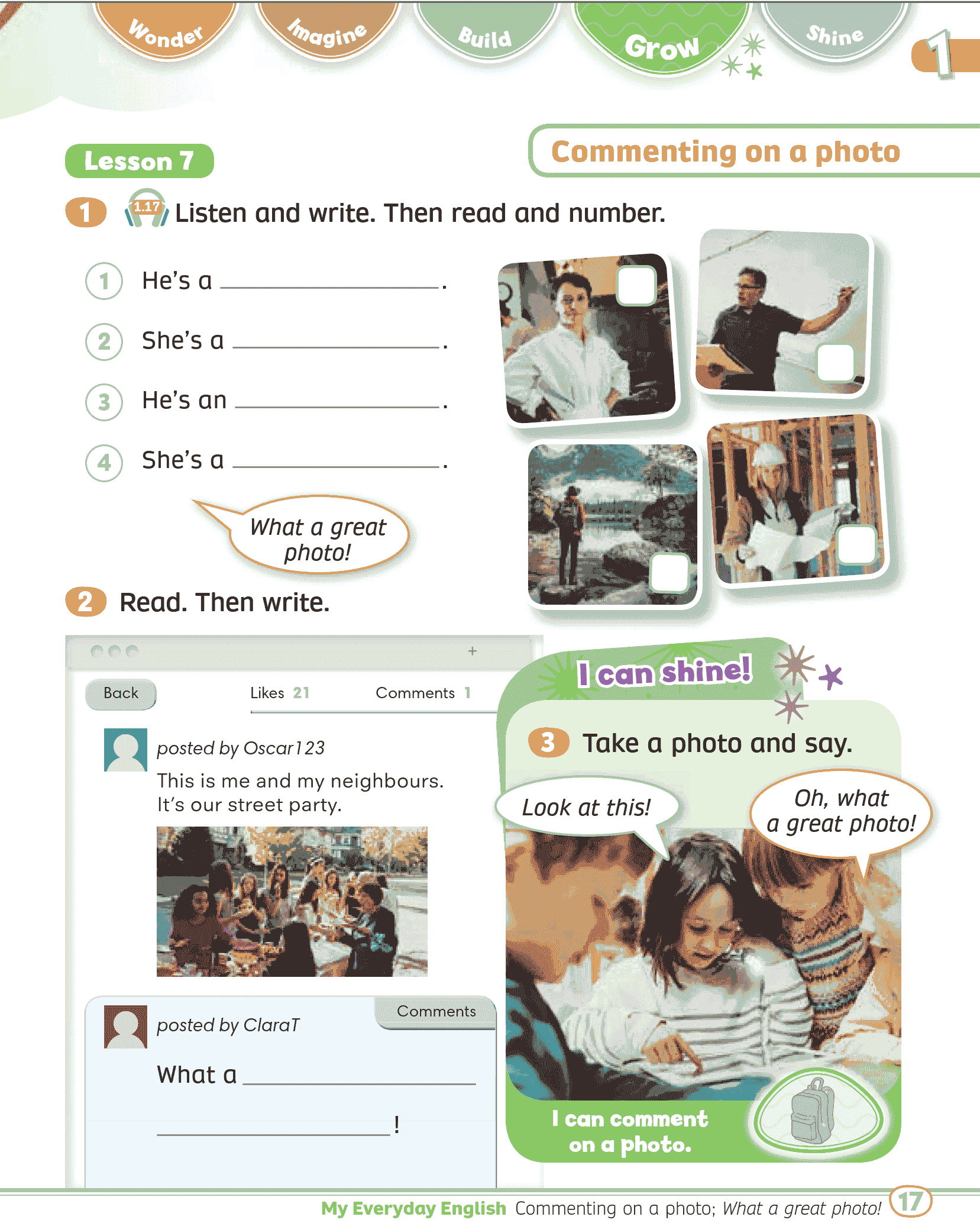
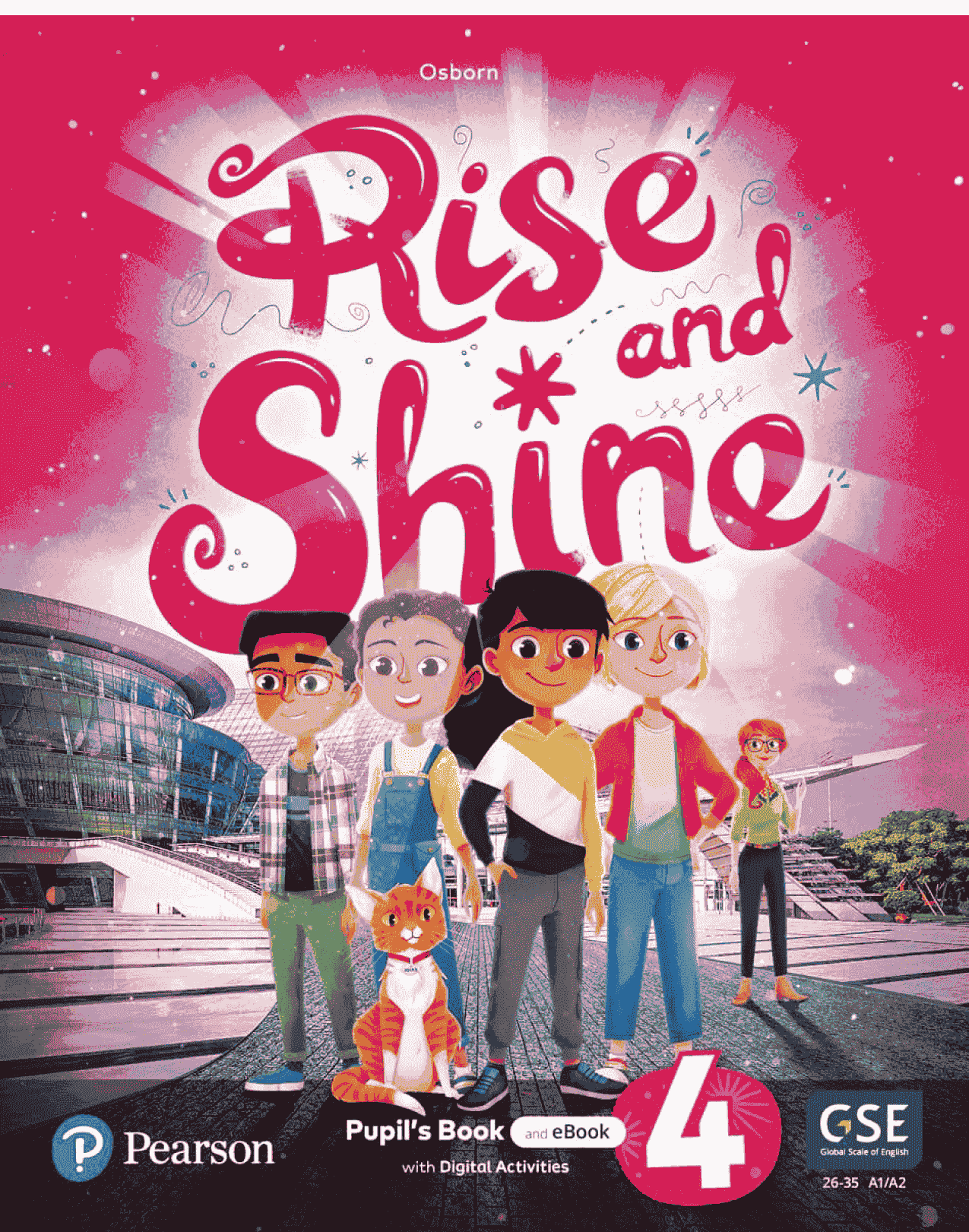
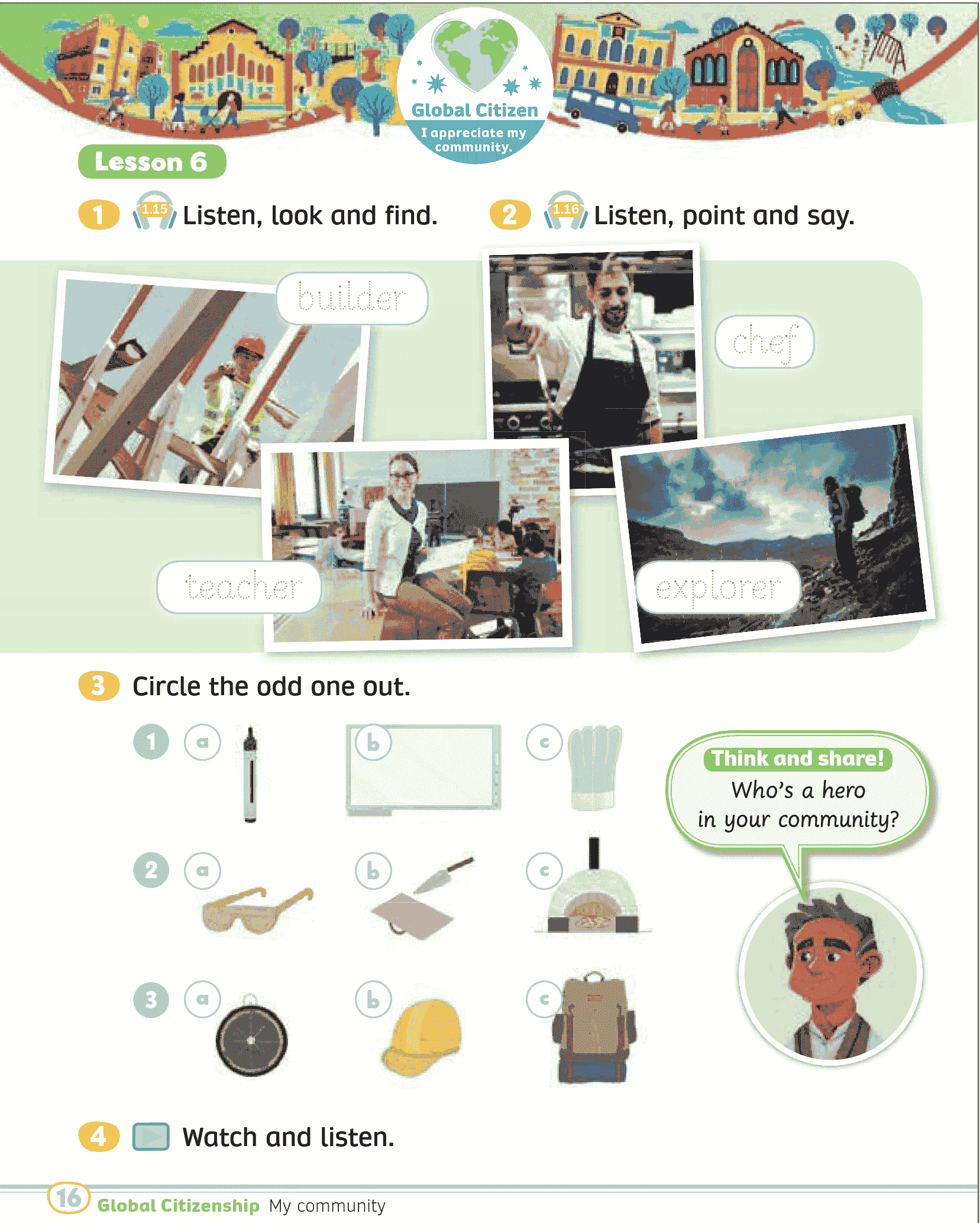
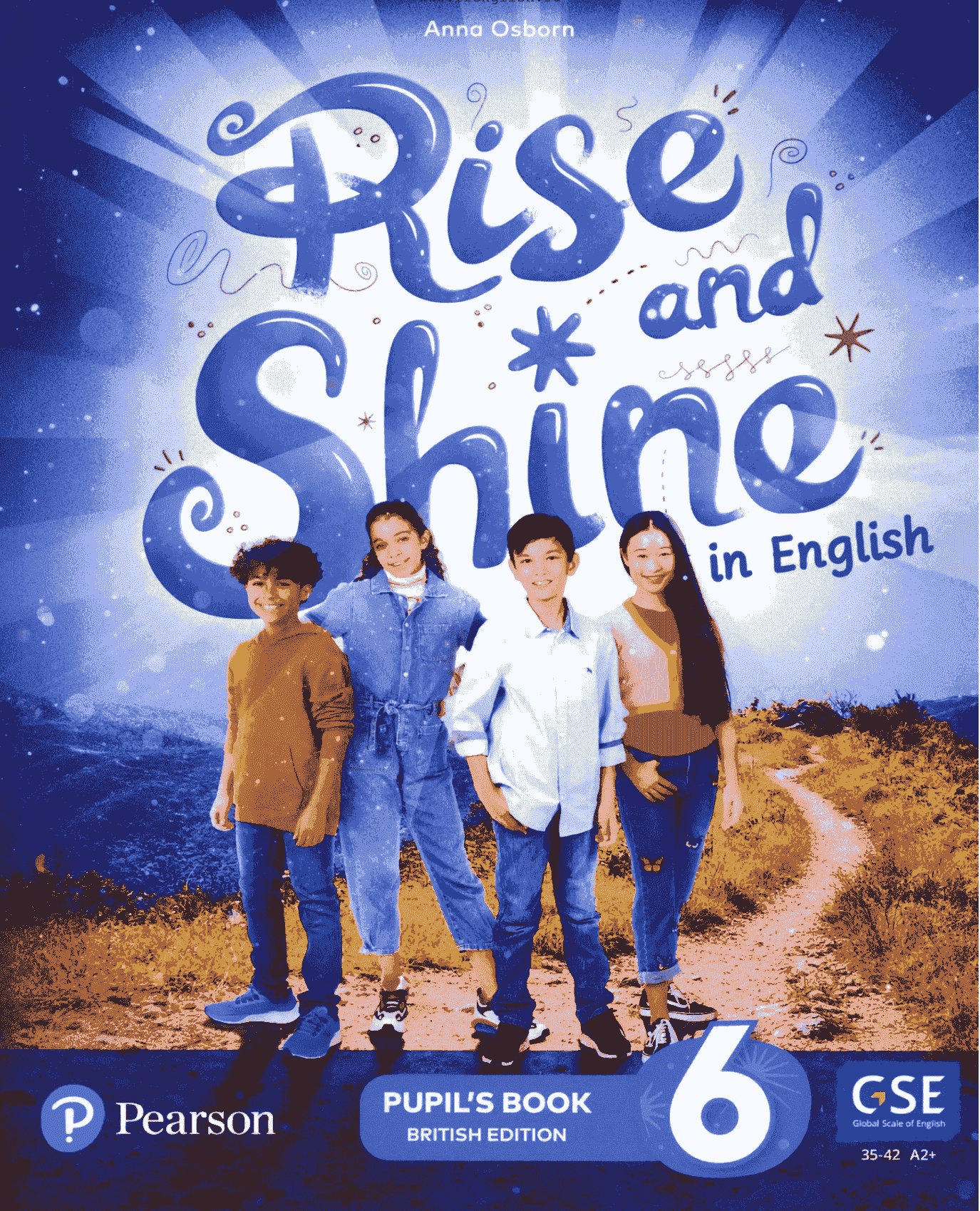
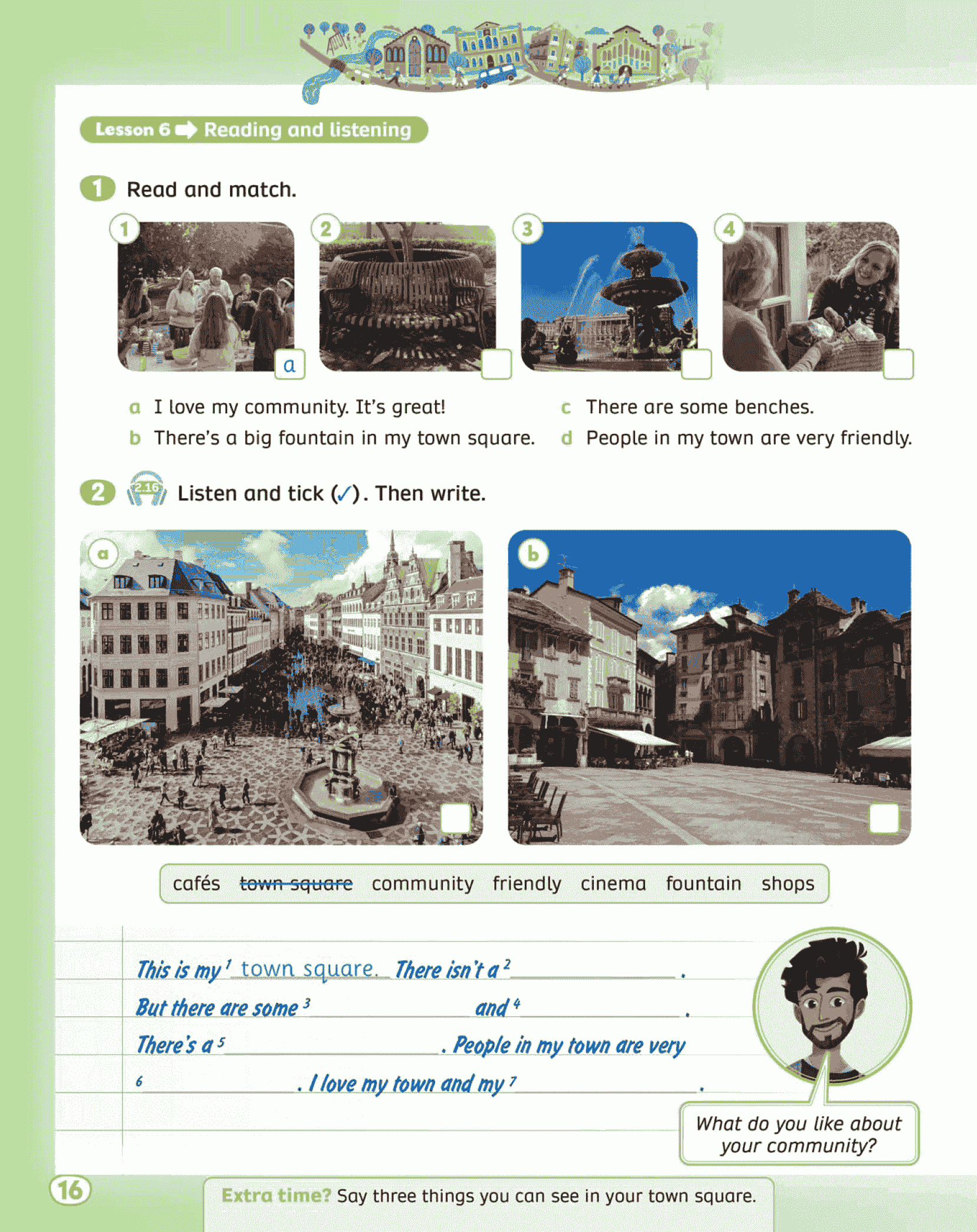
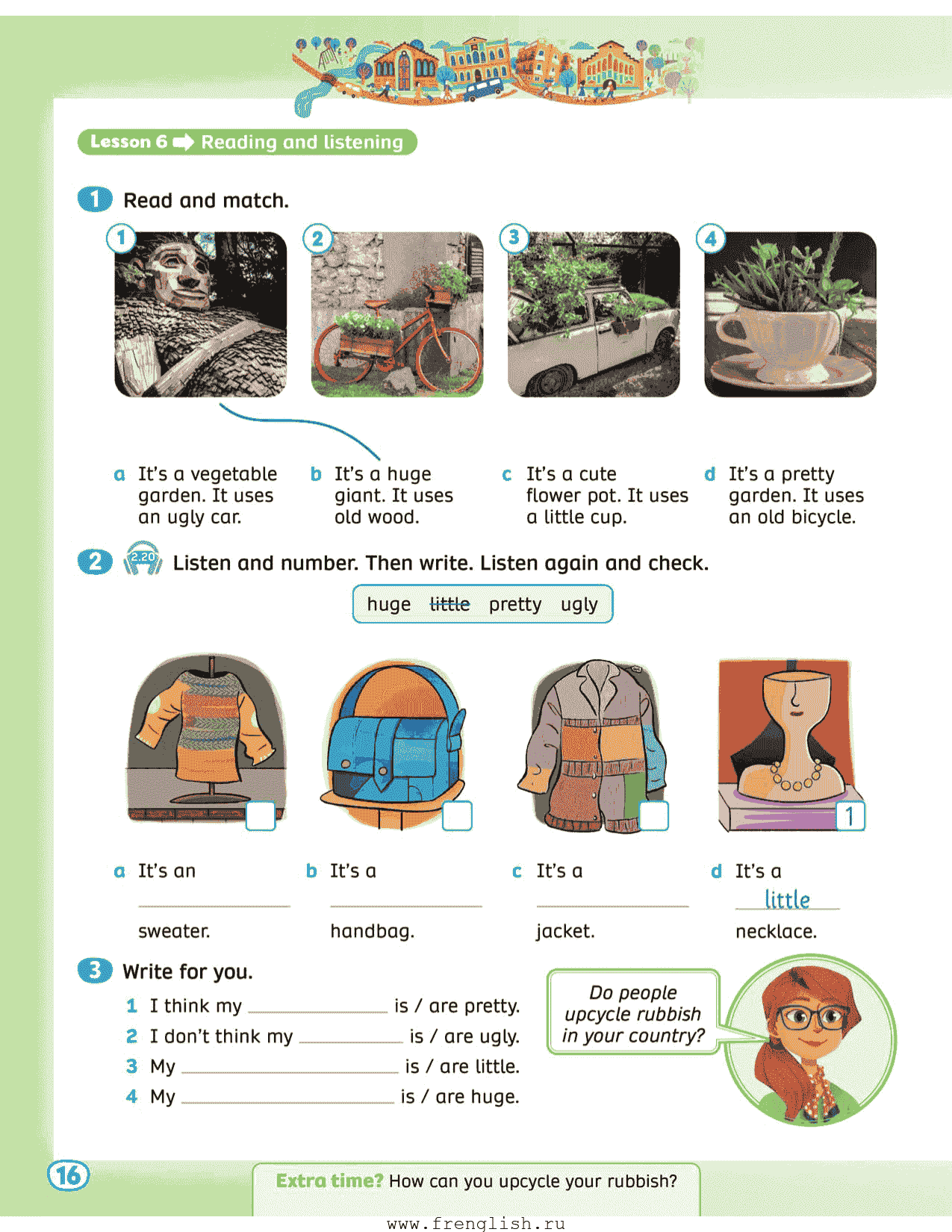
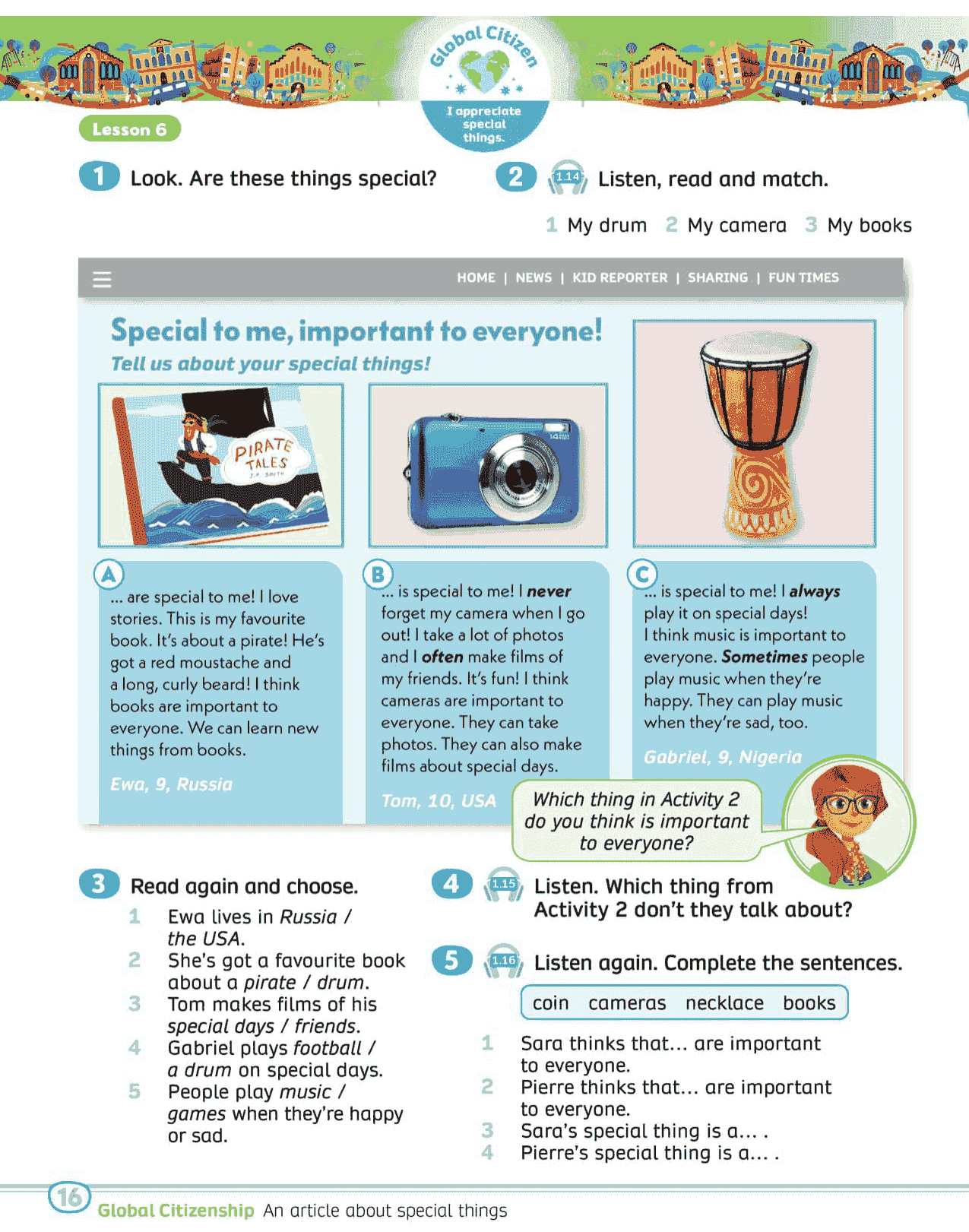
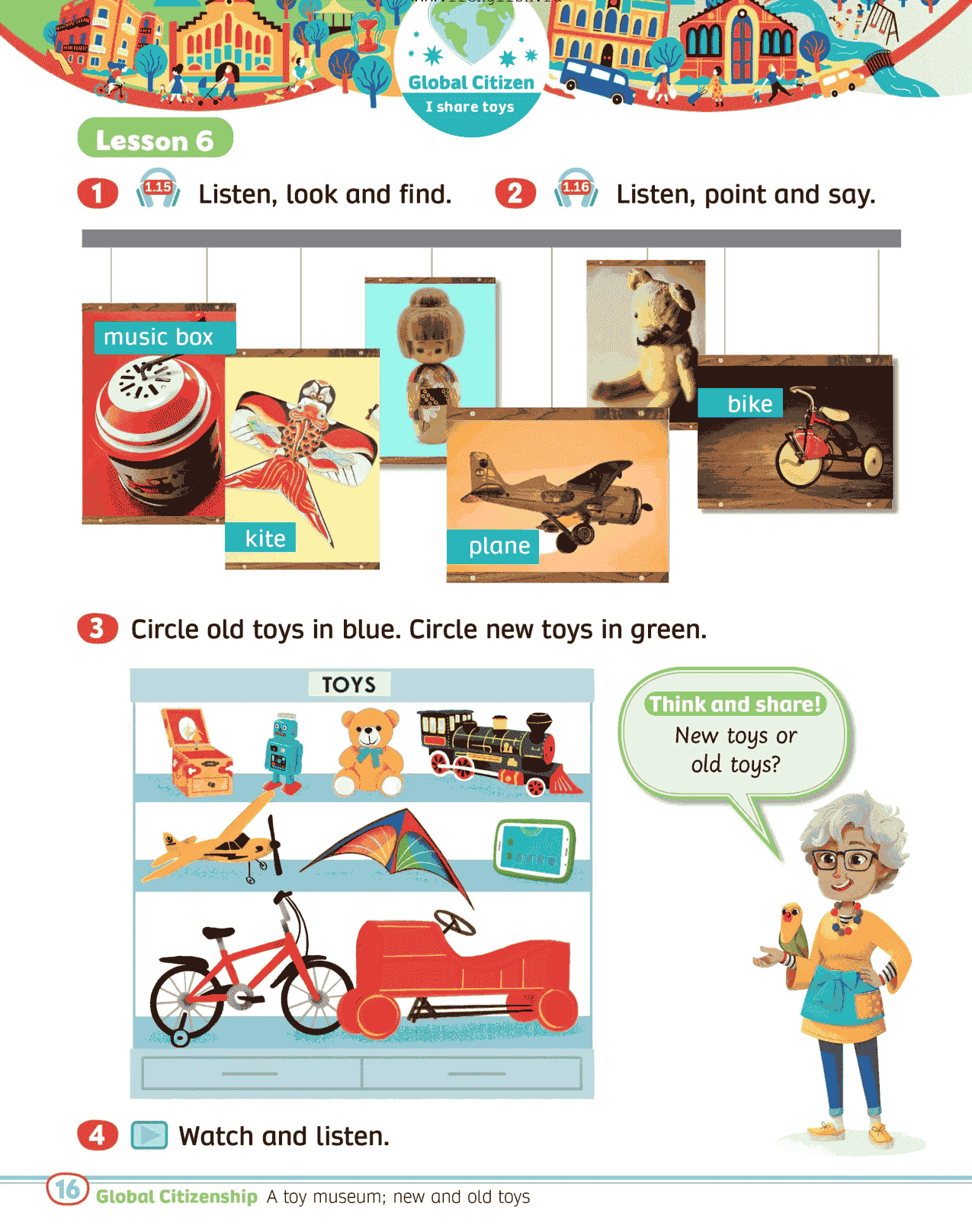
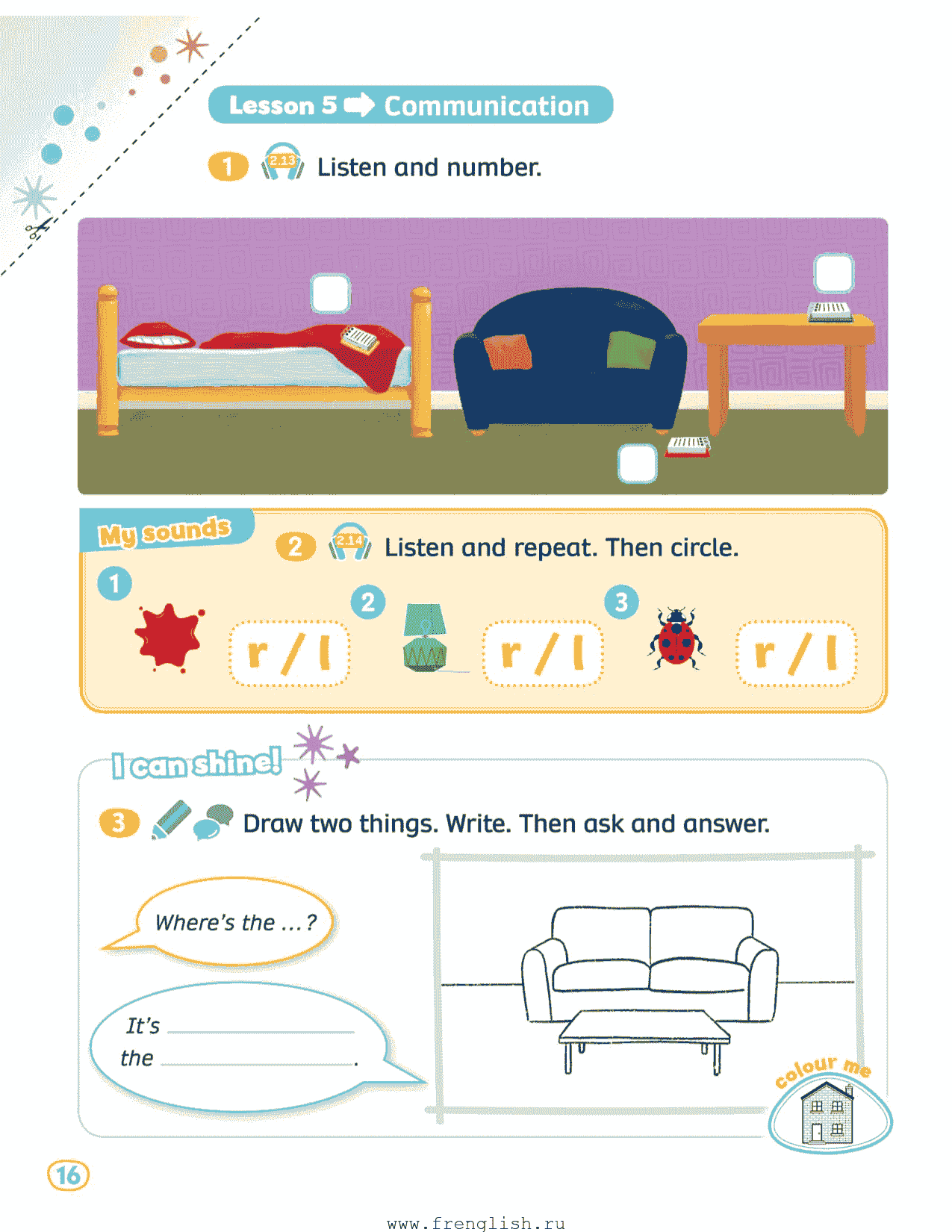
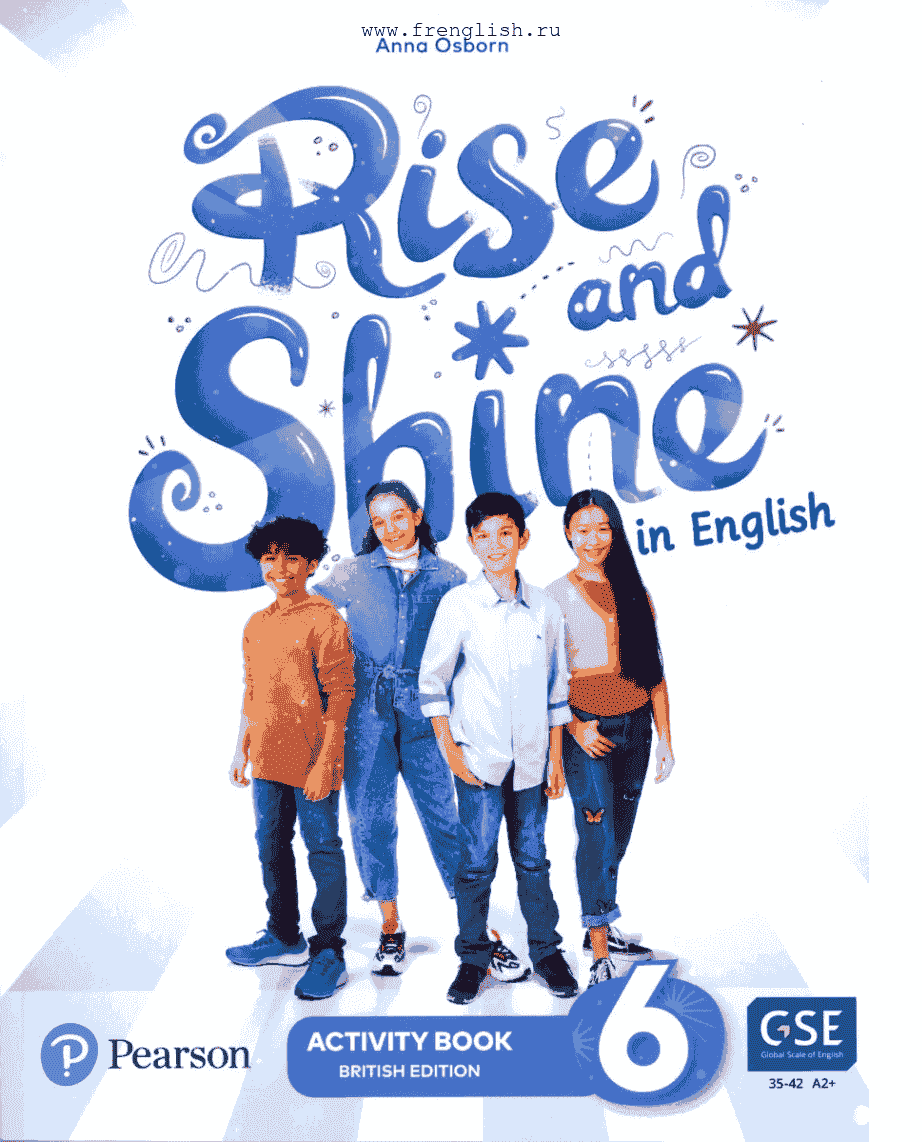
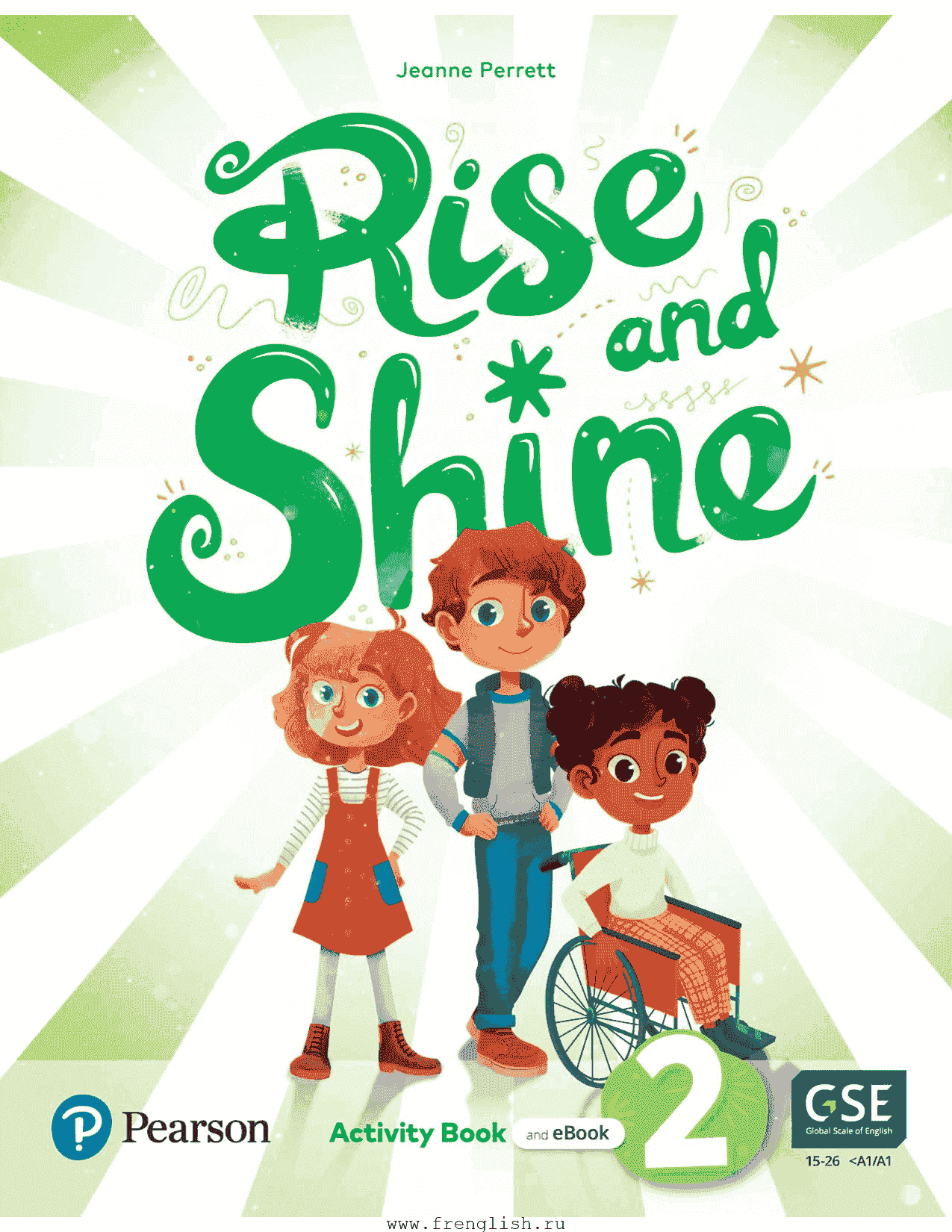
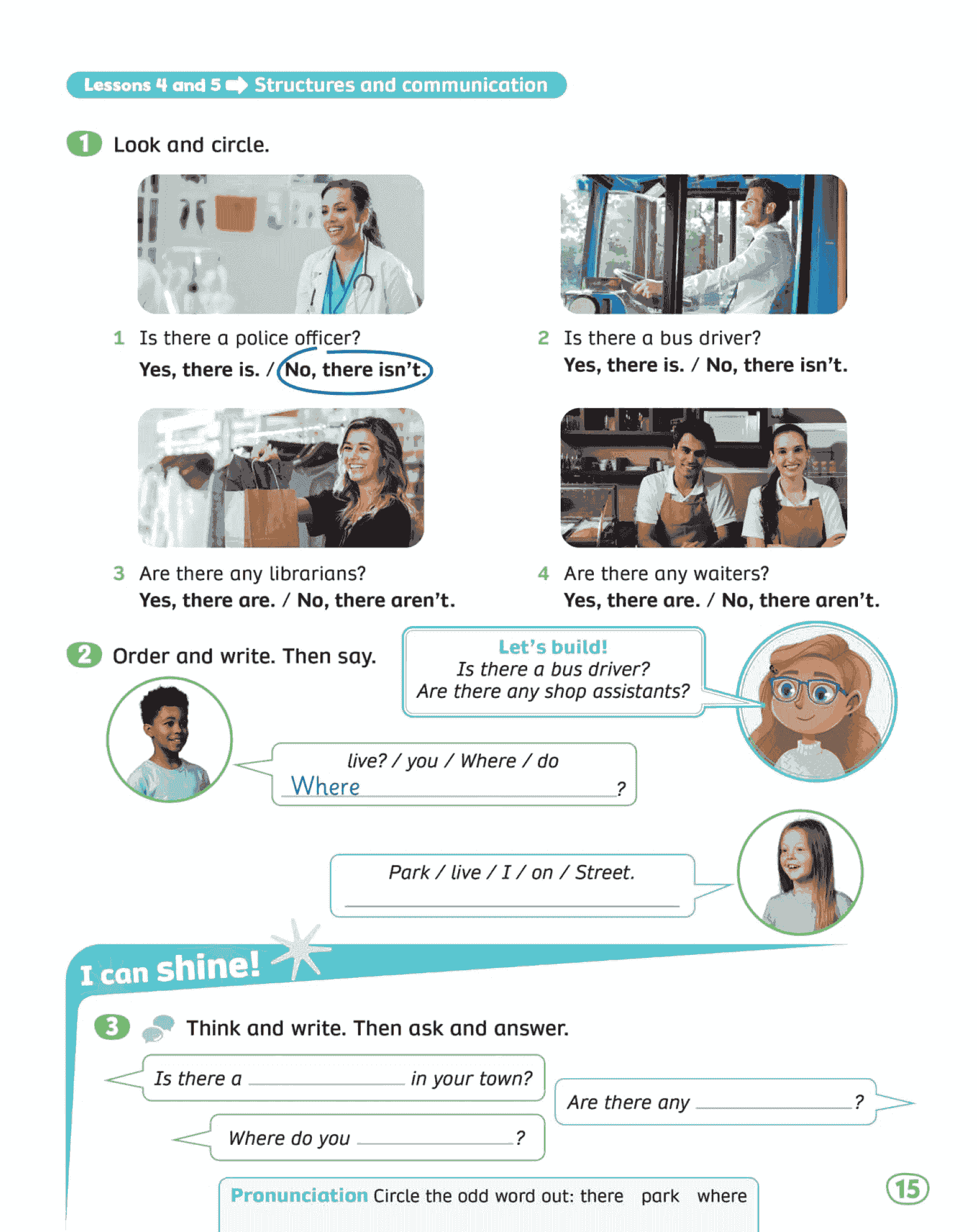
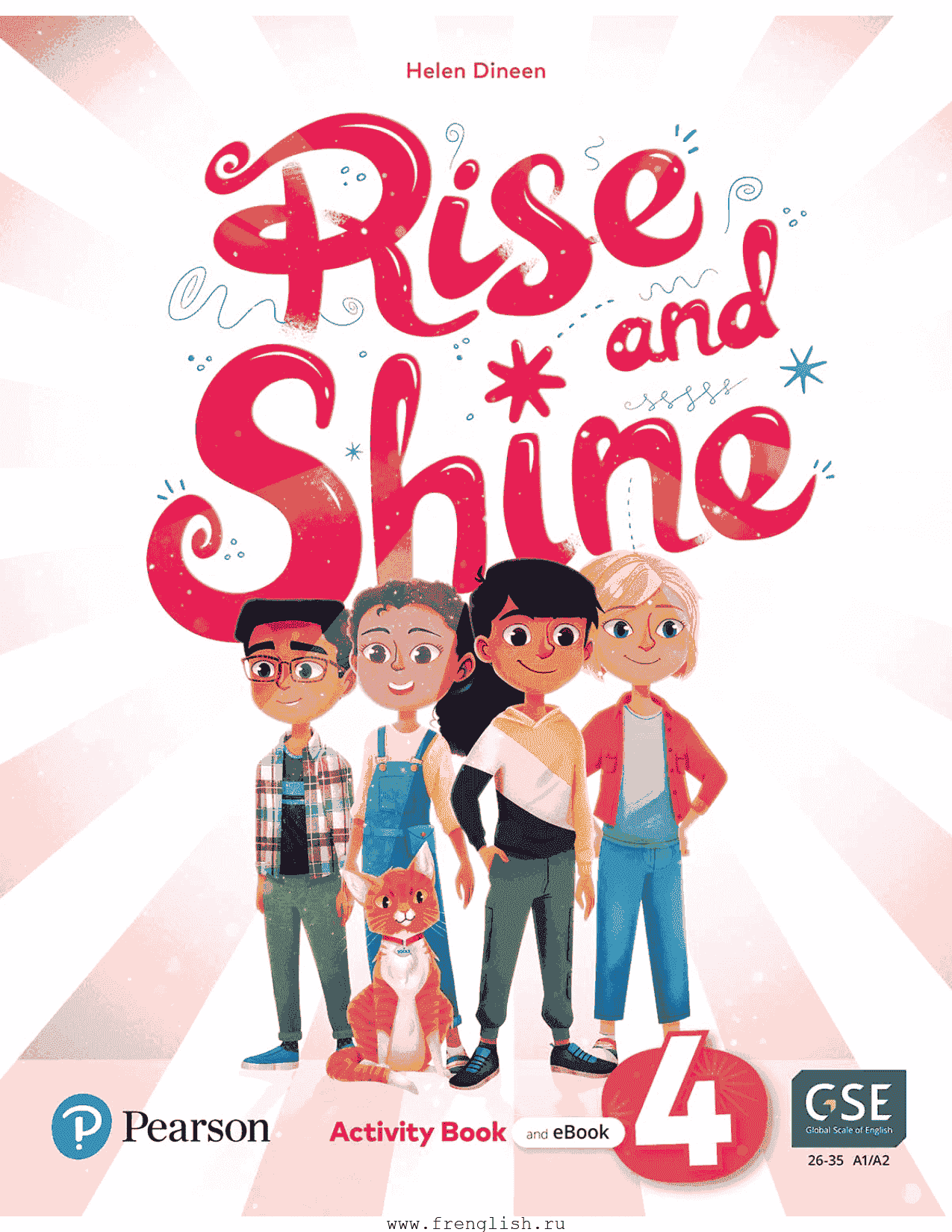
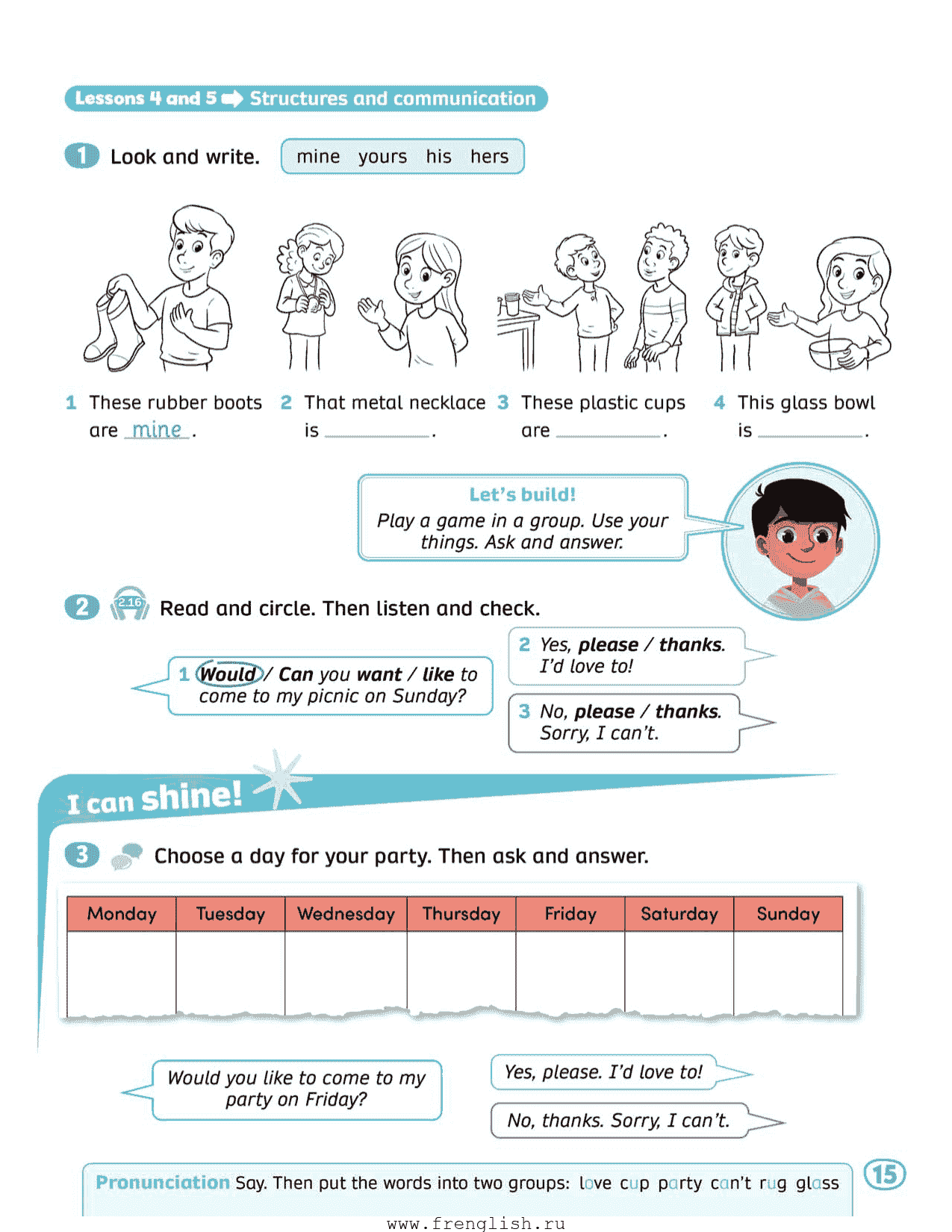
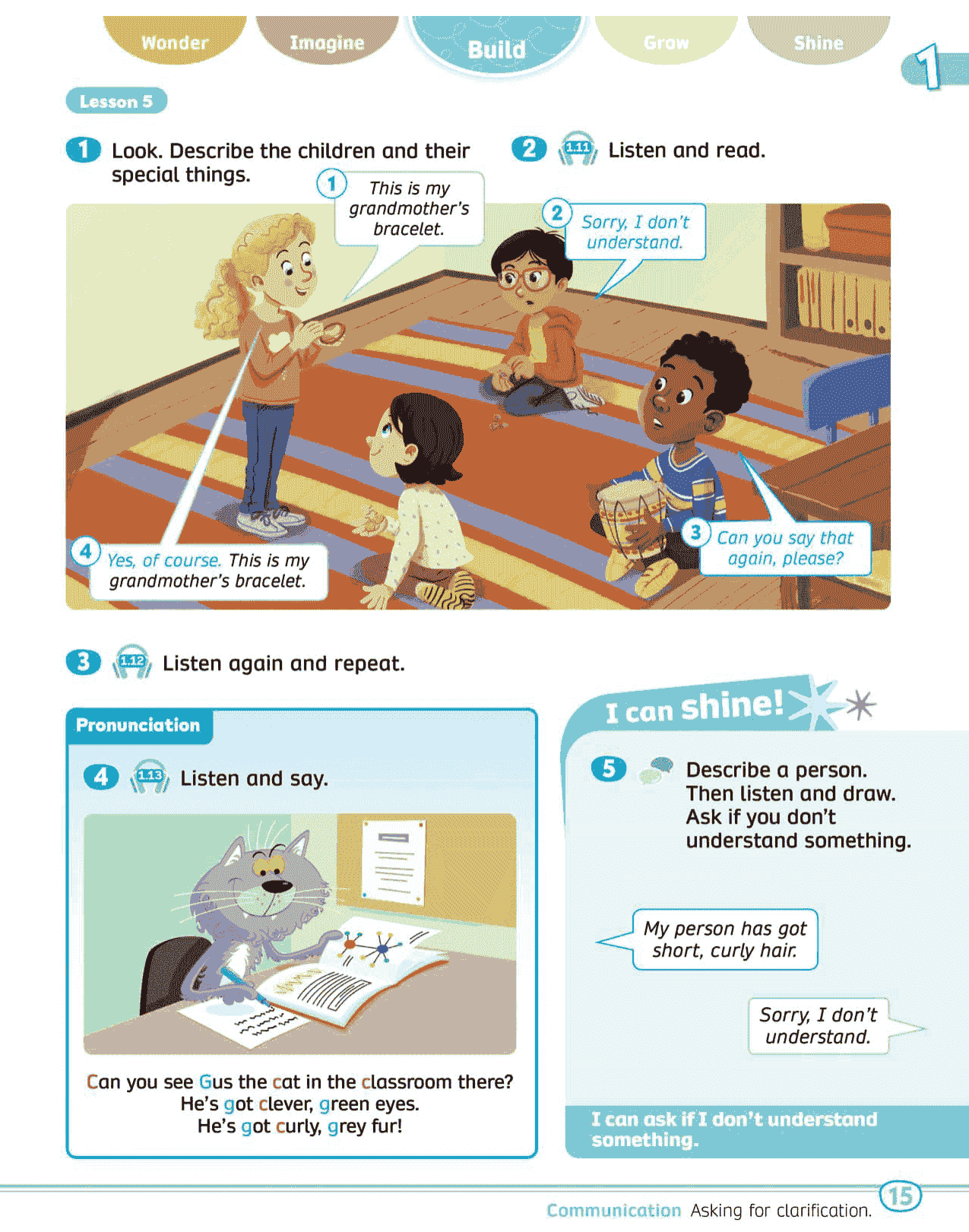
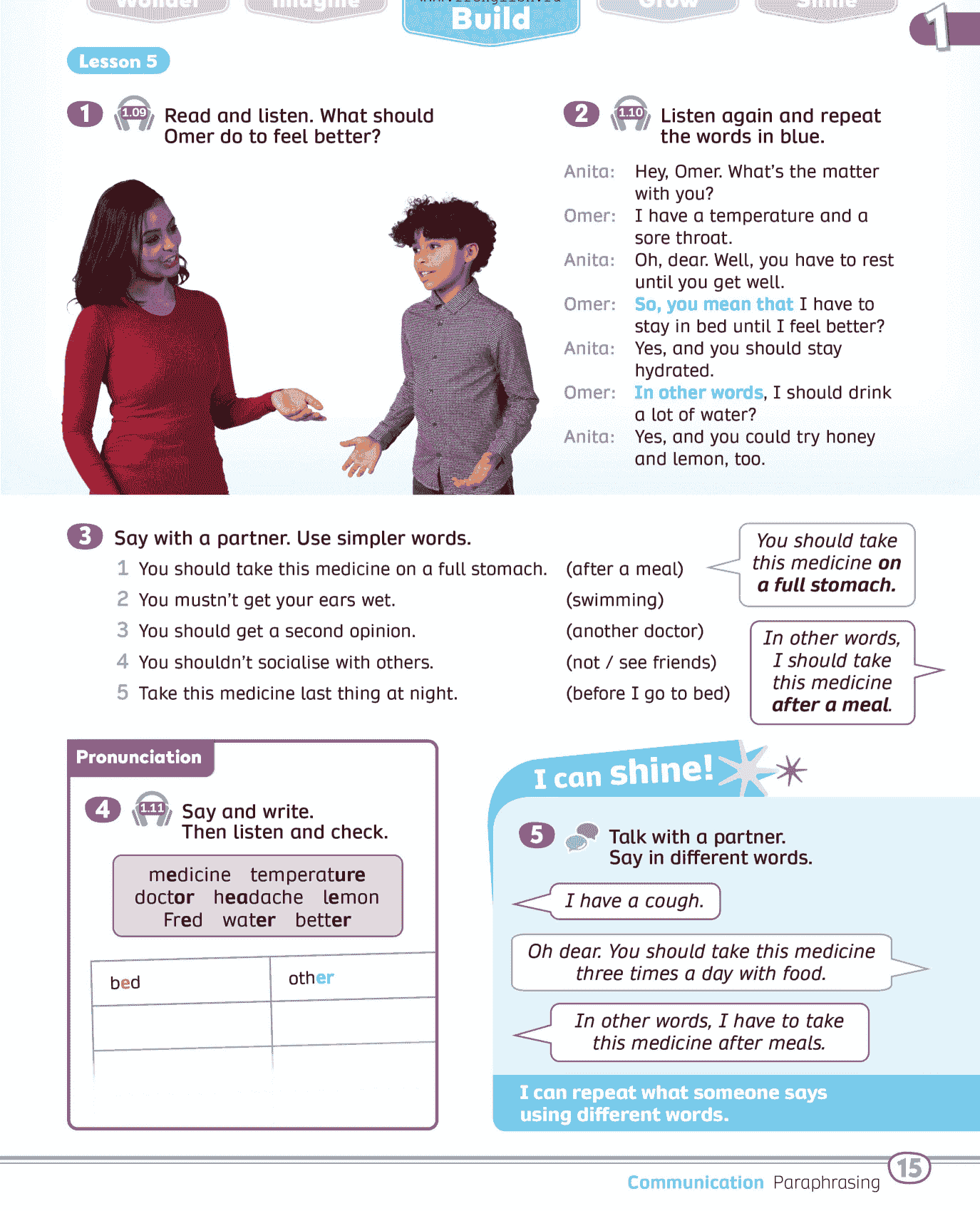
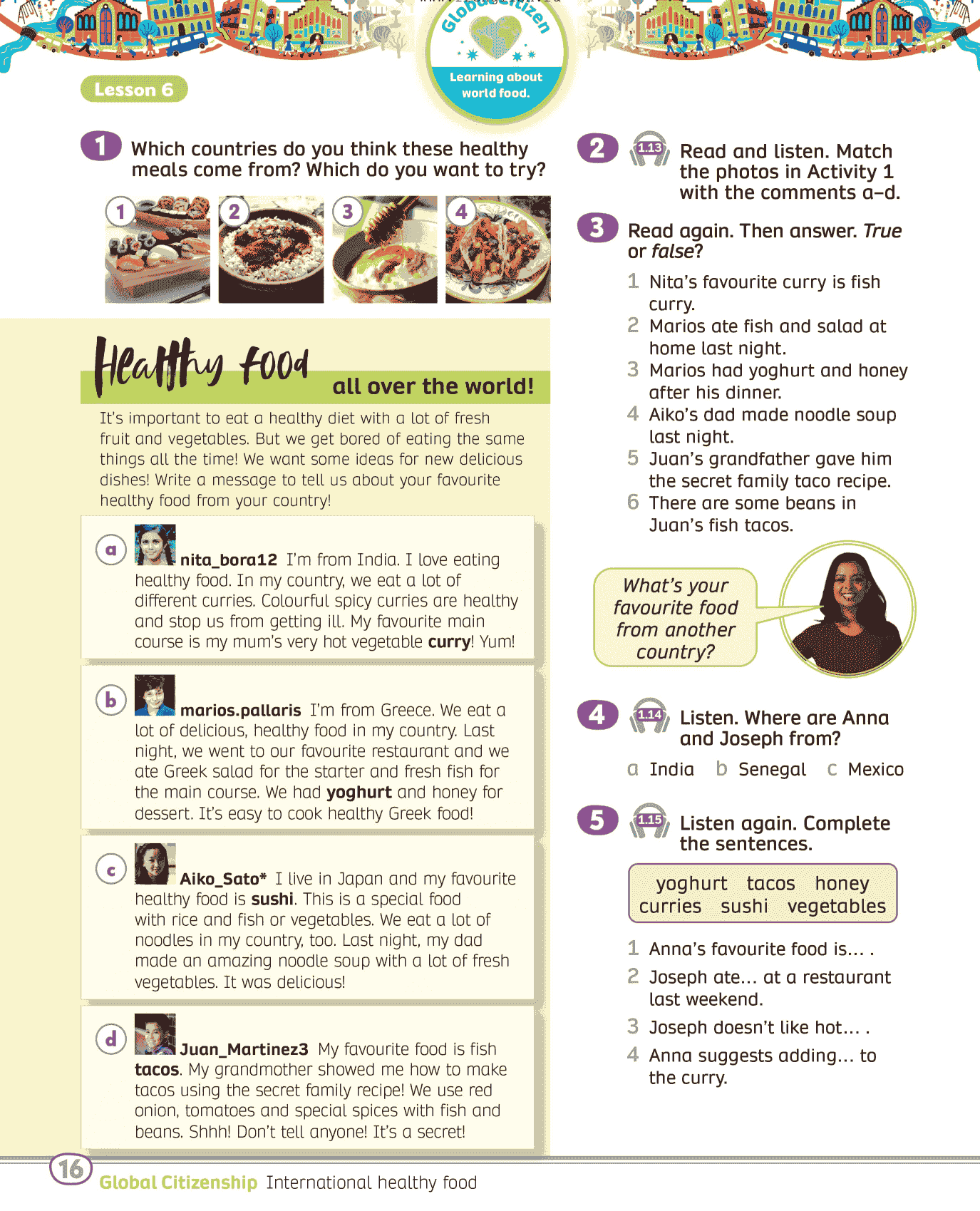
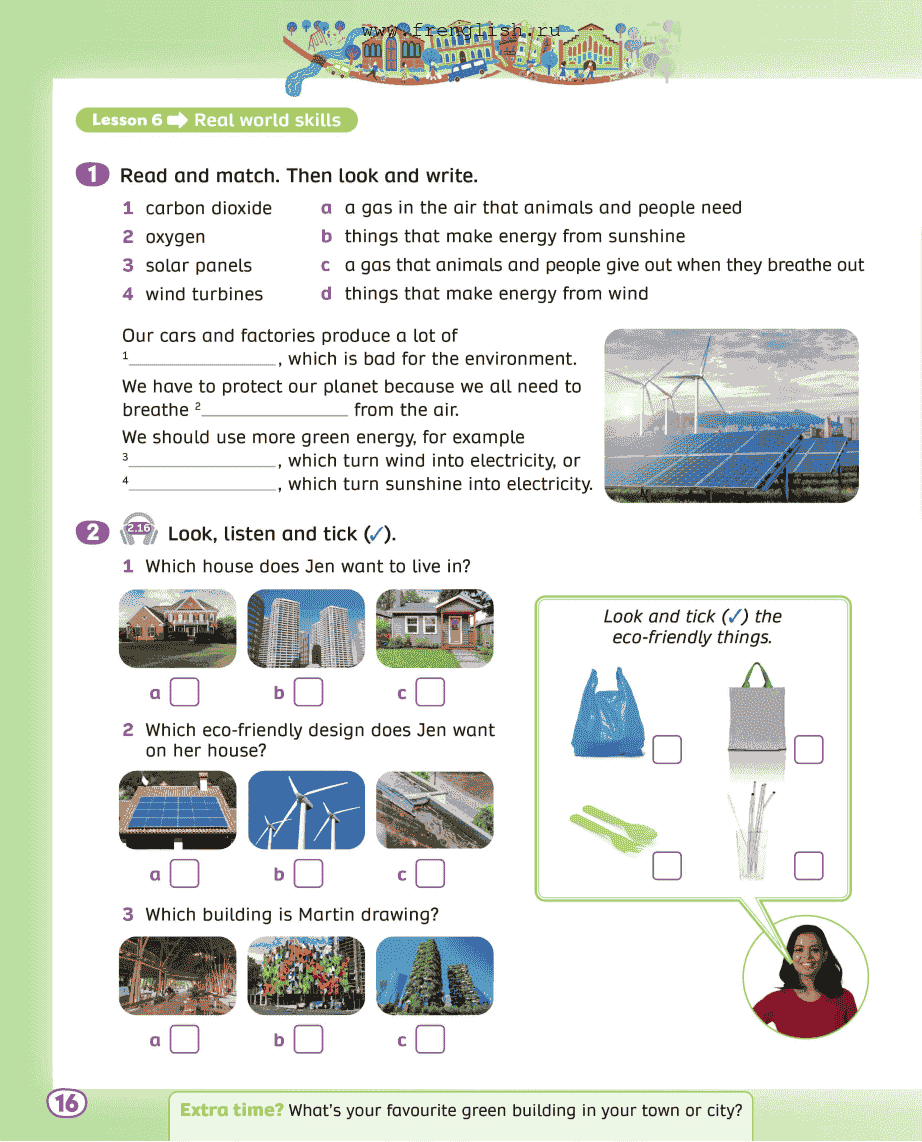
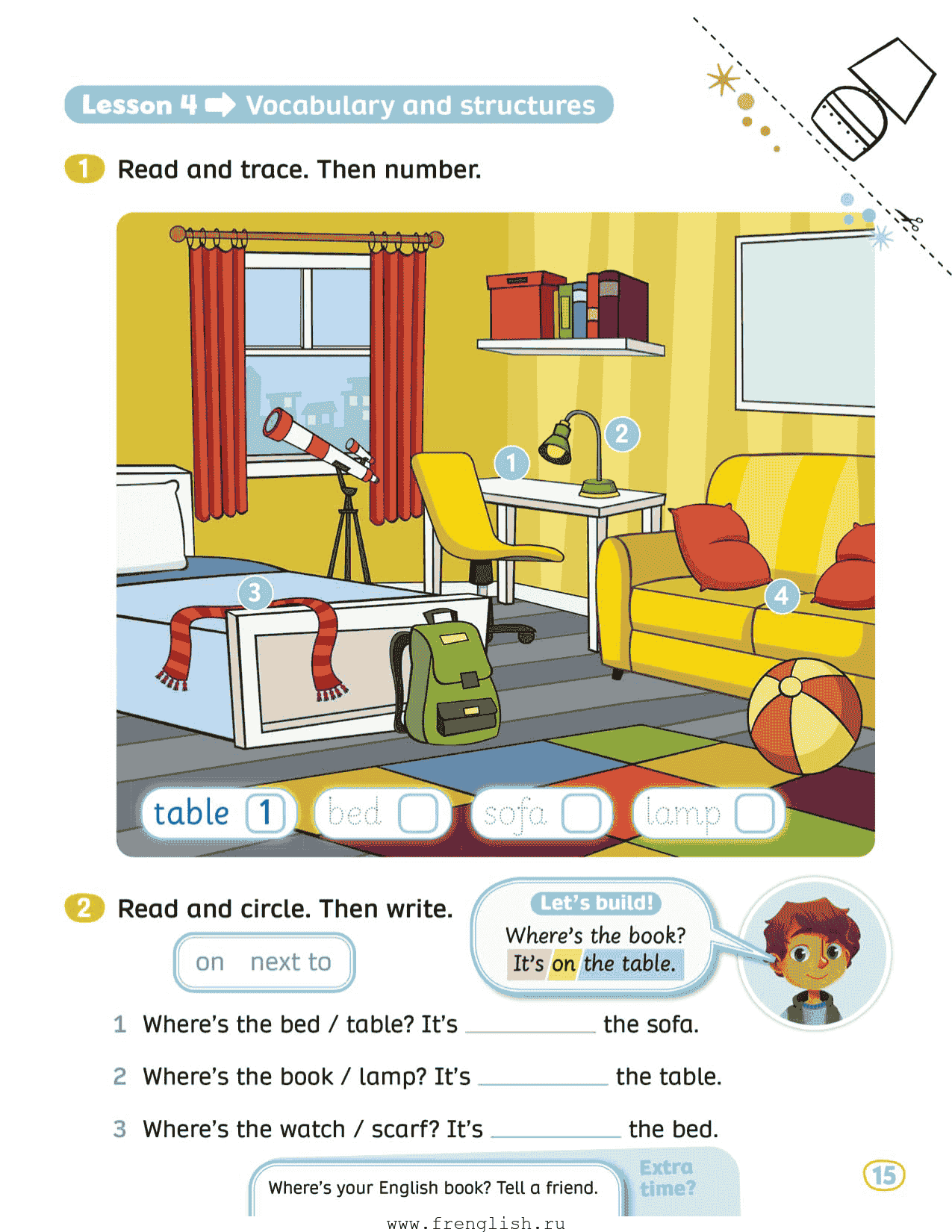
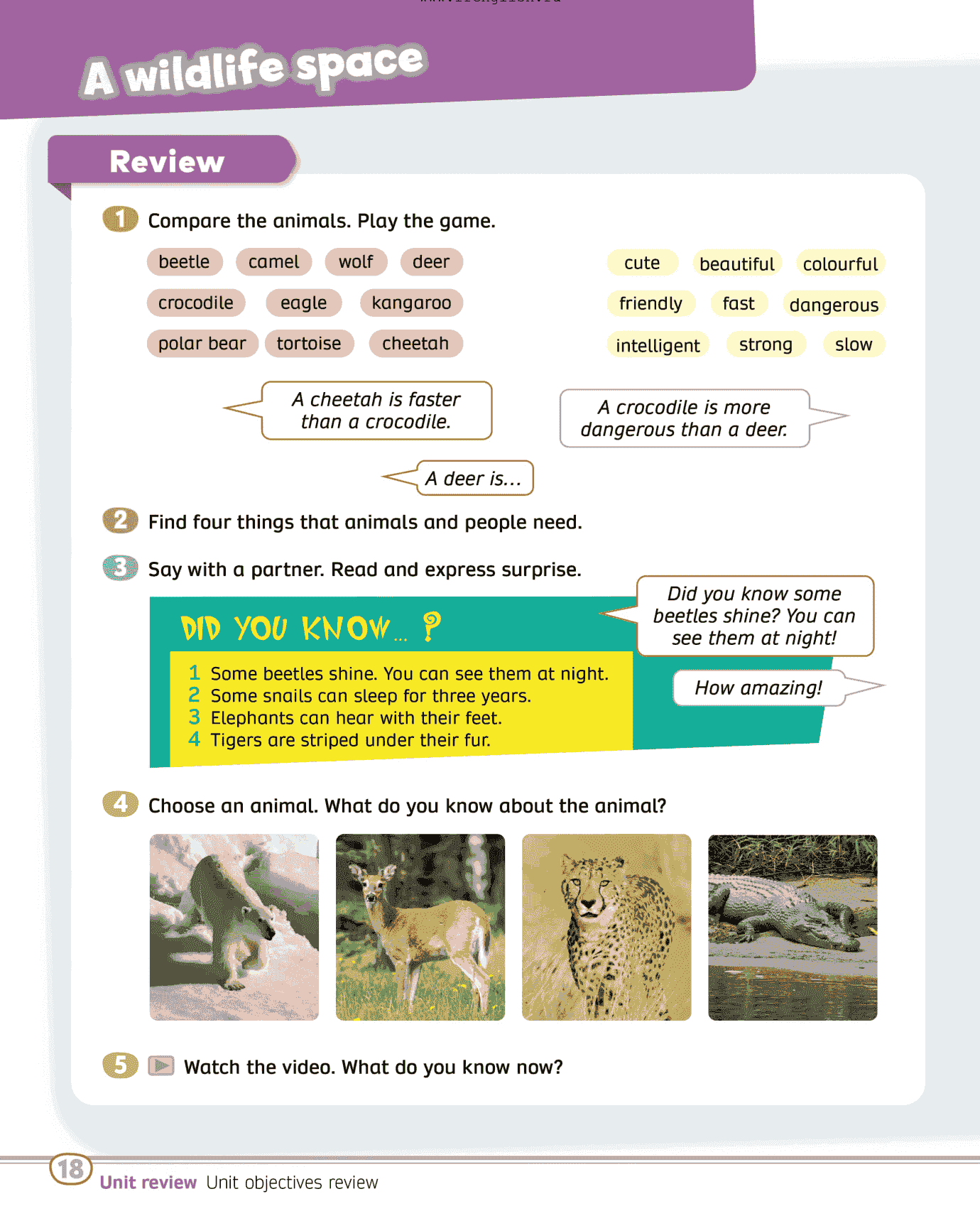
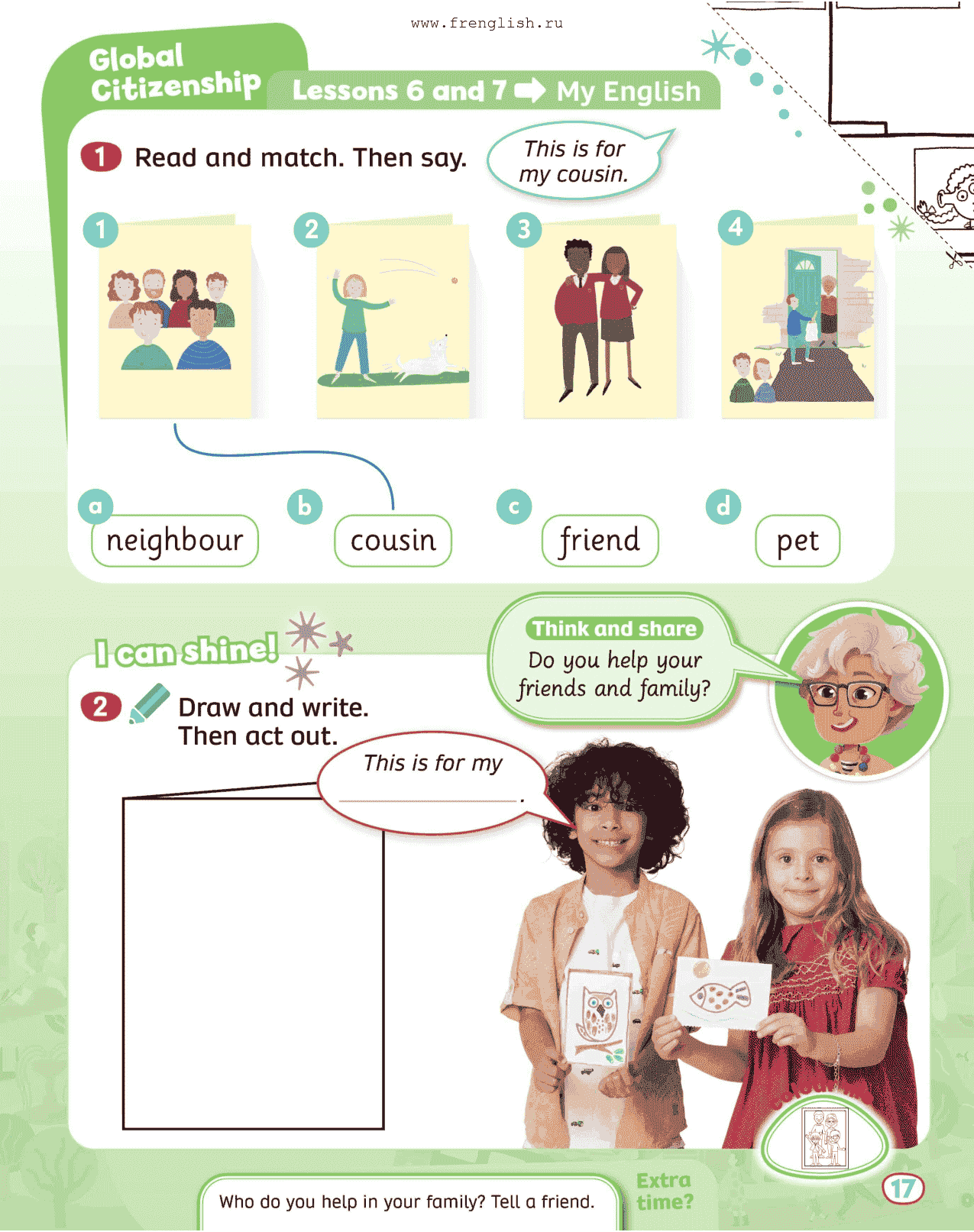
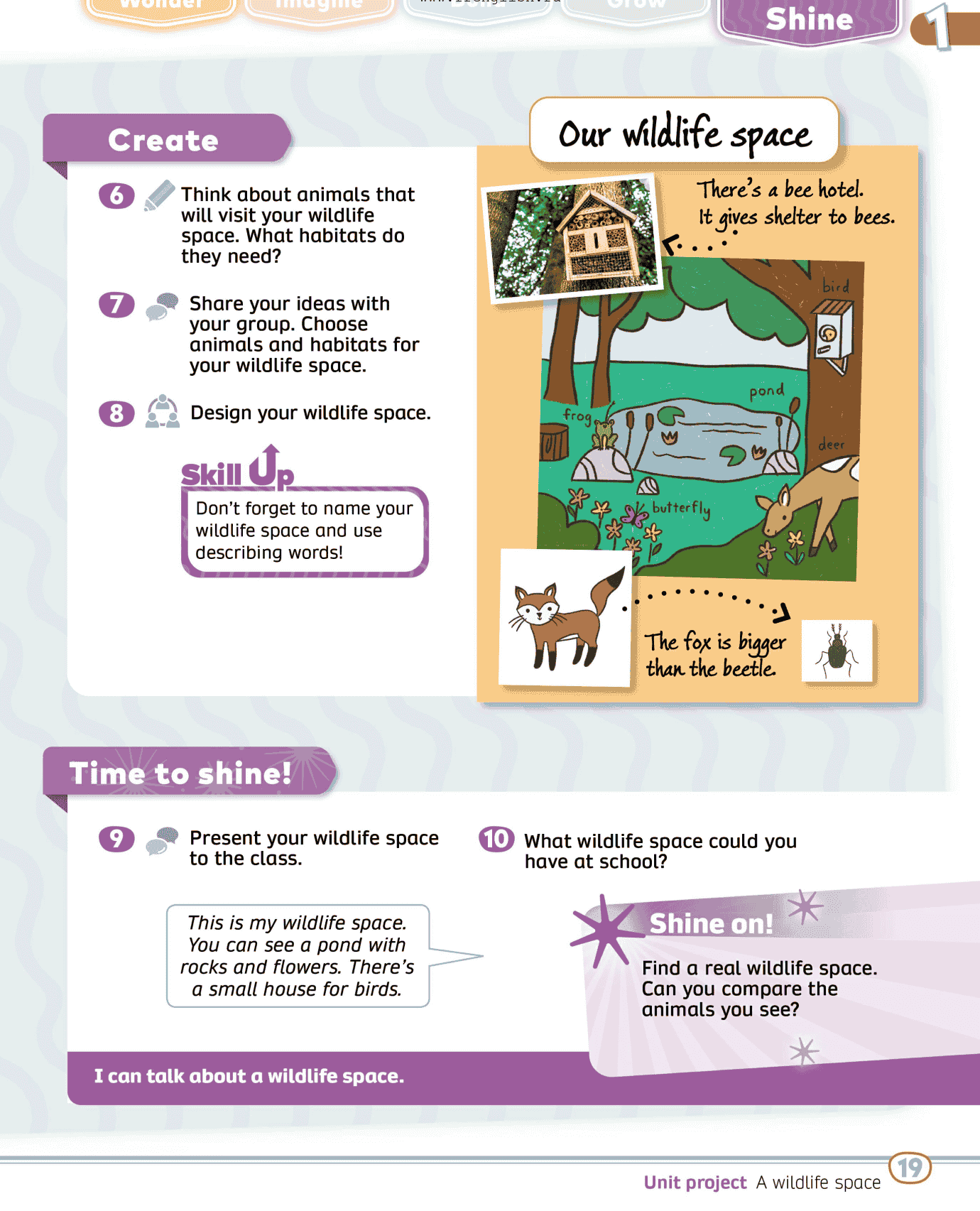
评论(0)